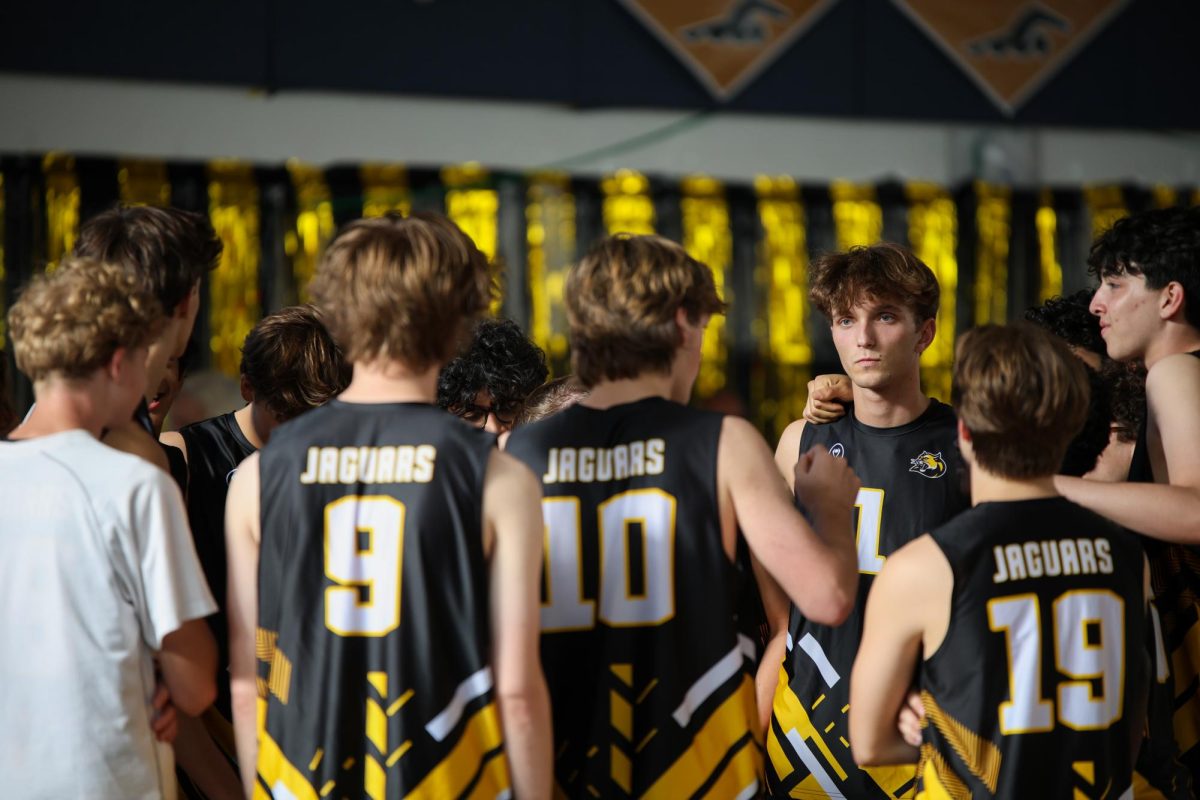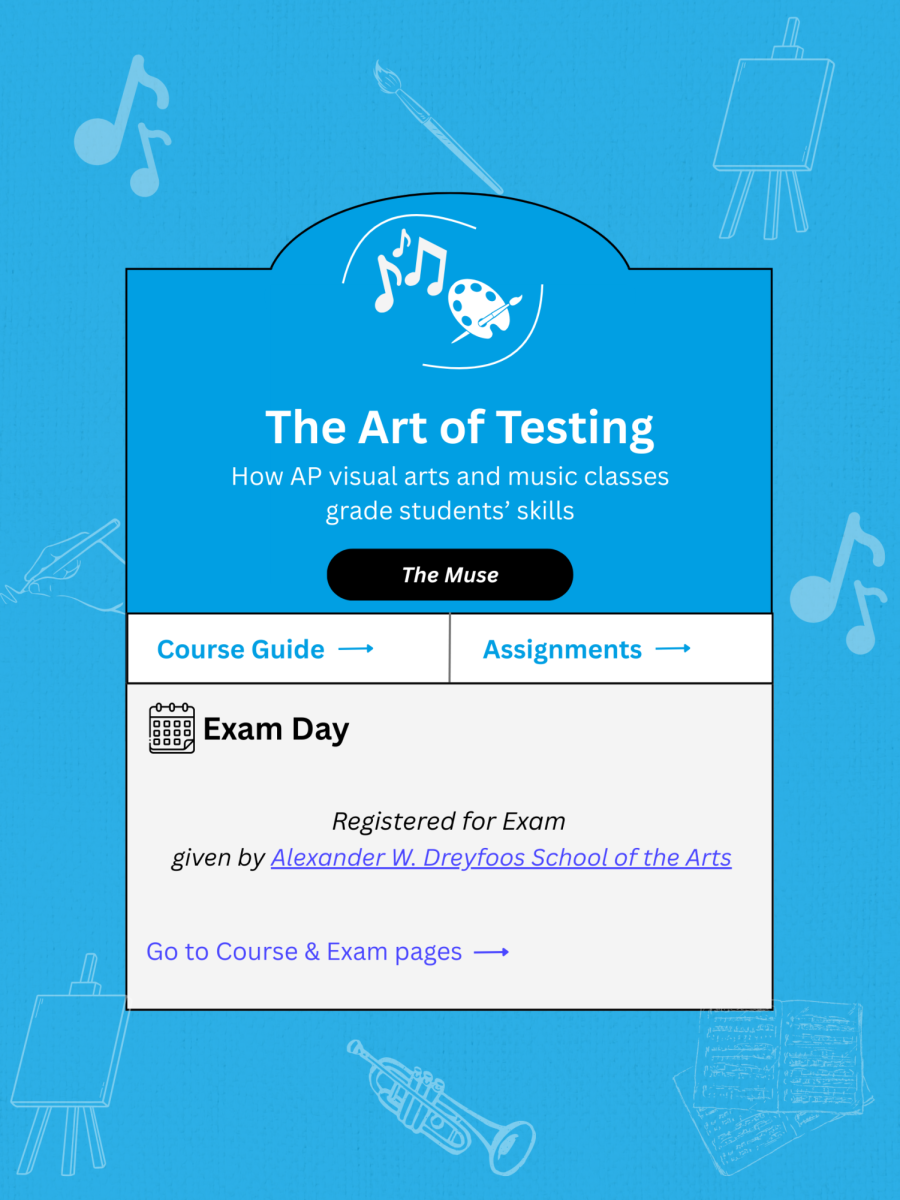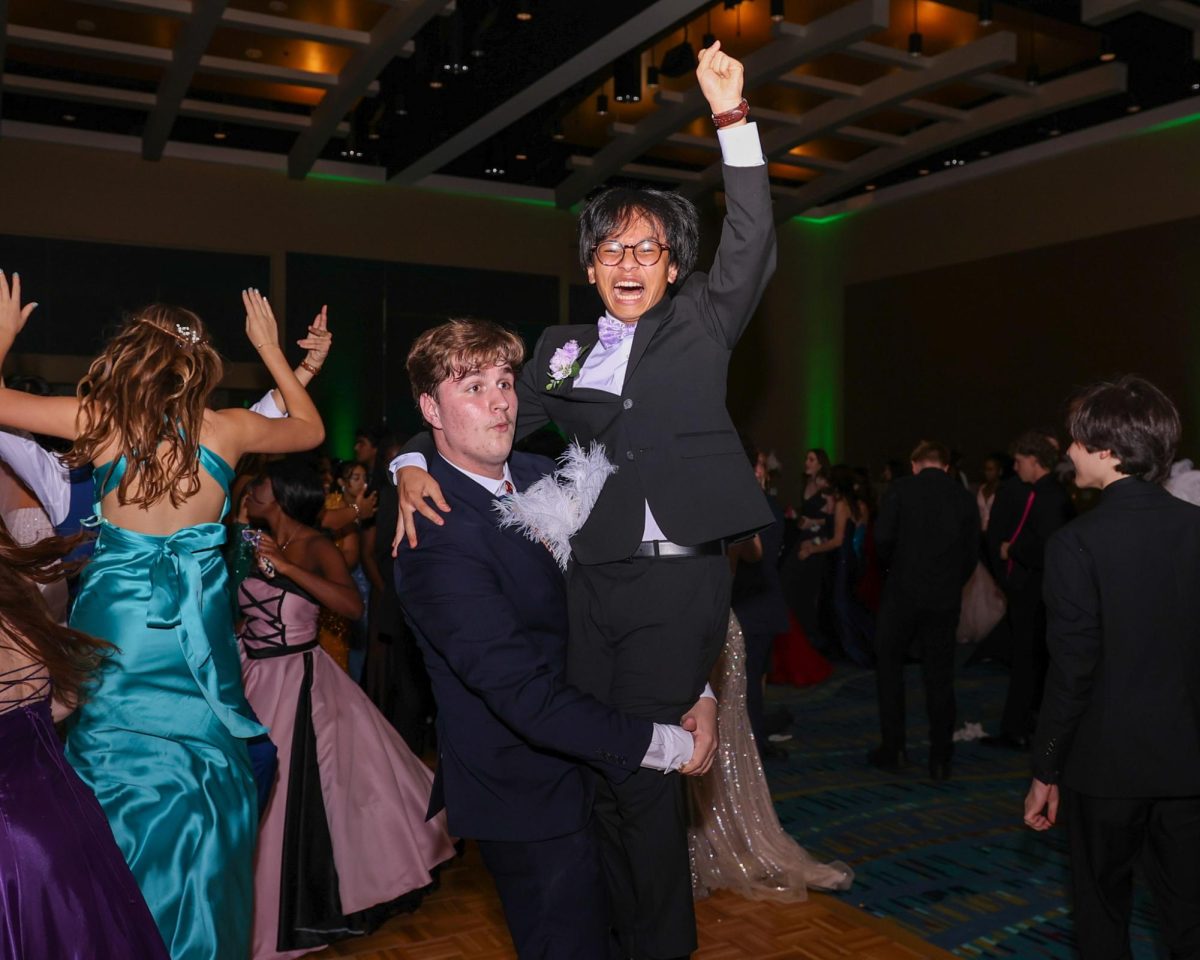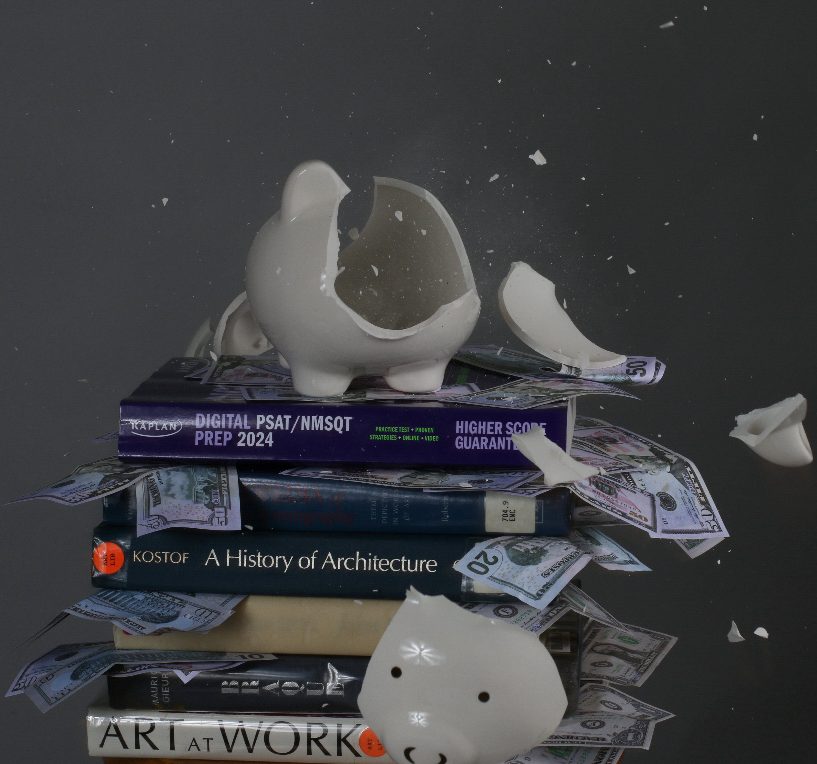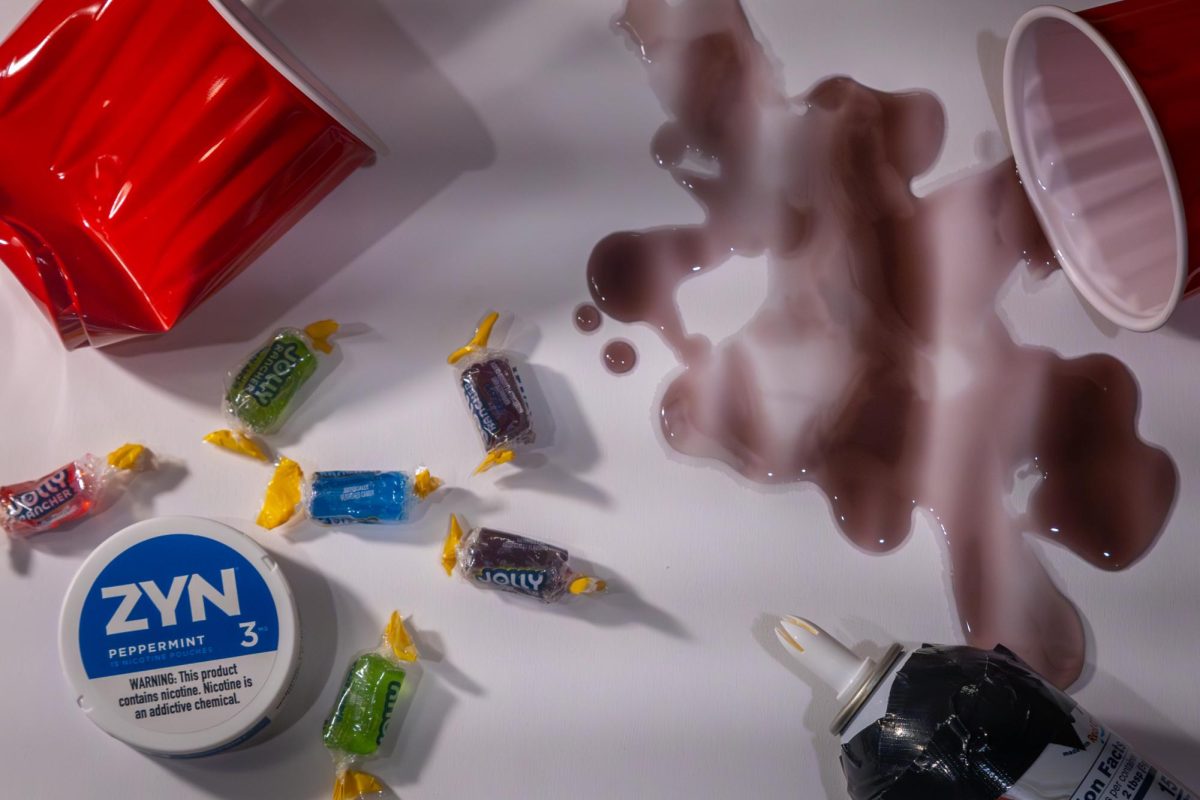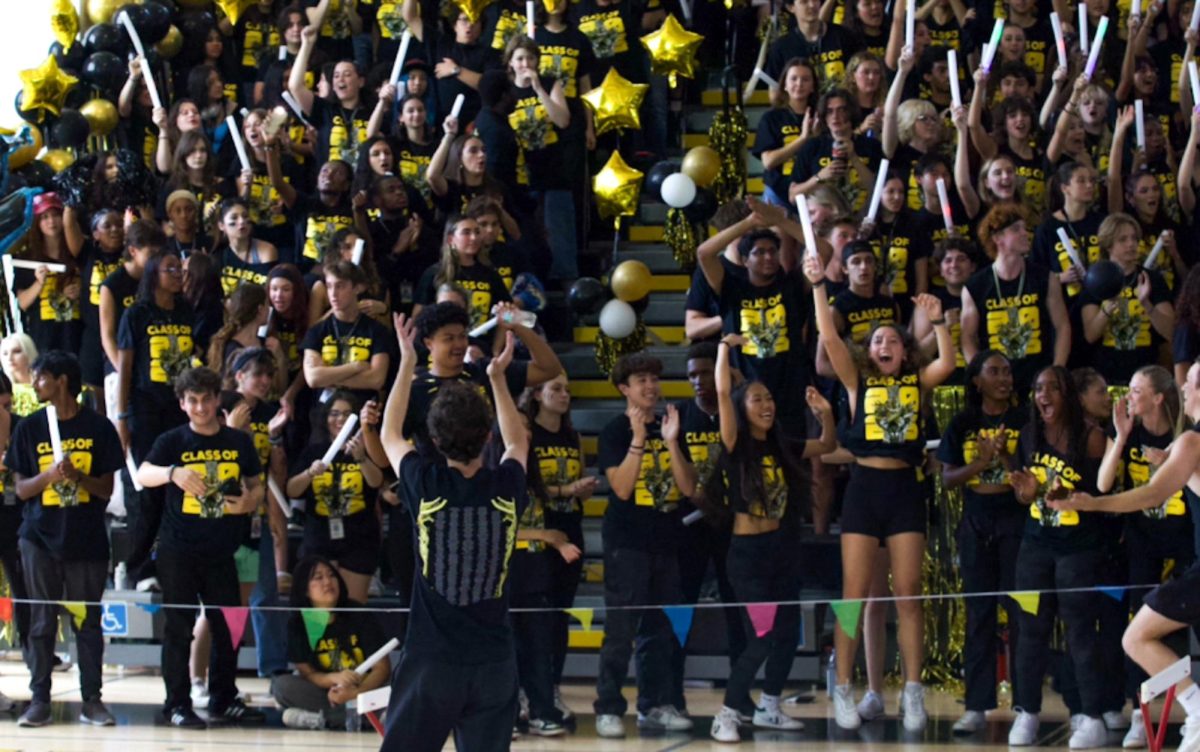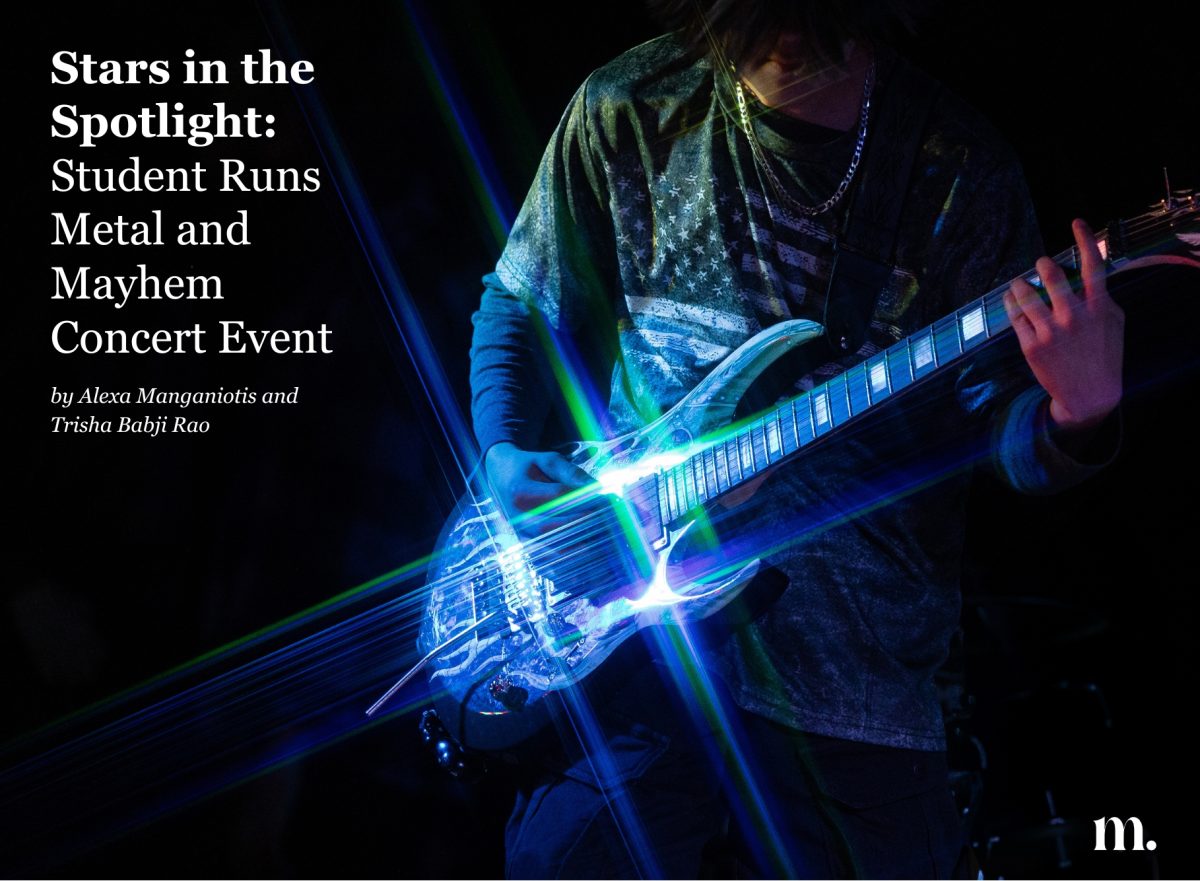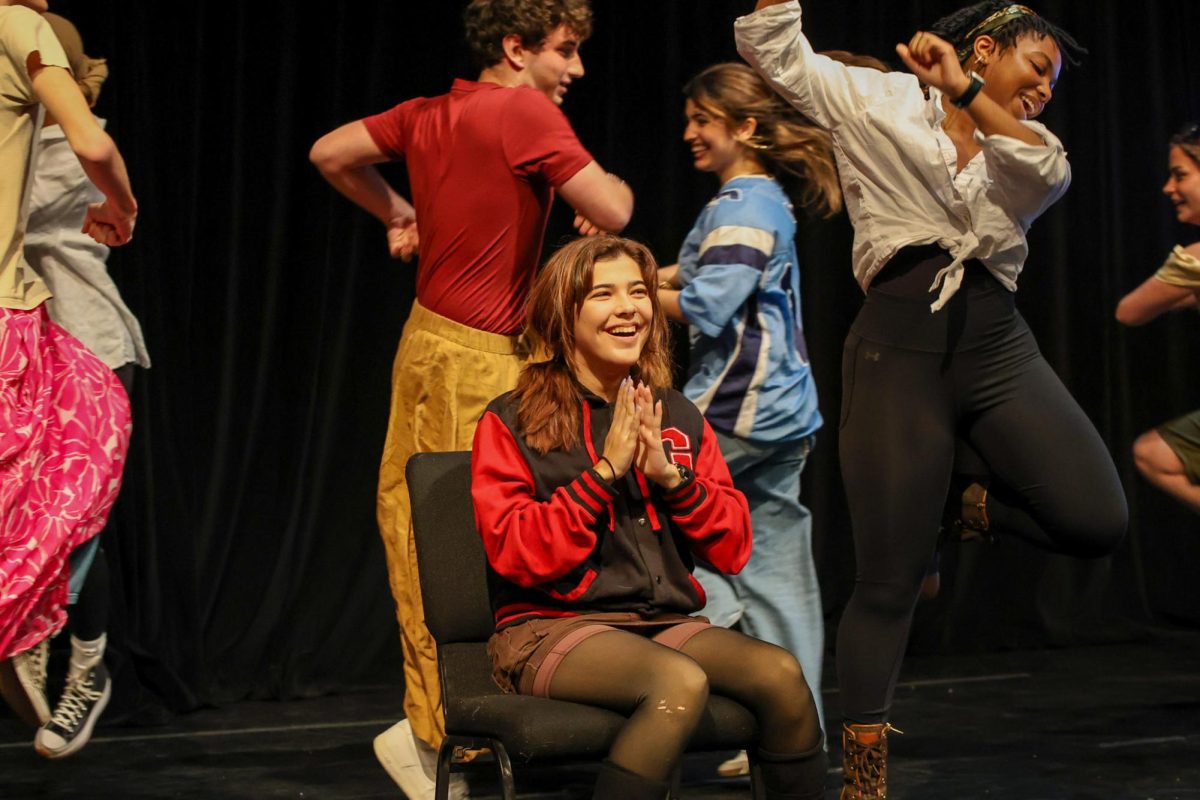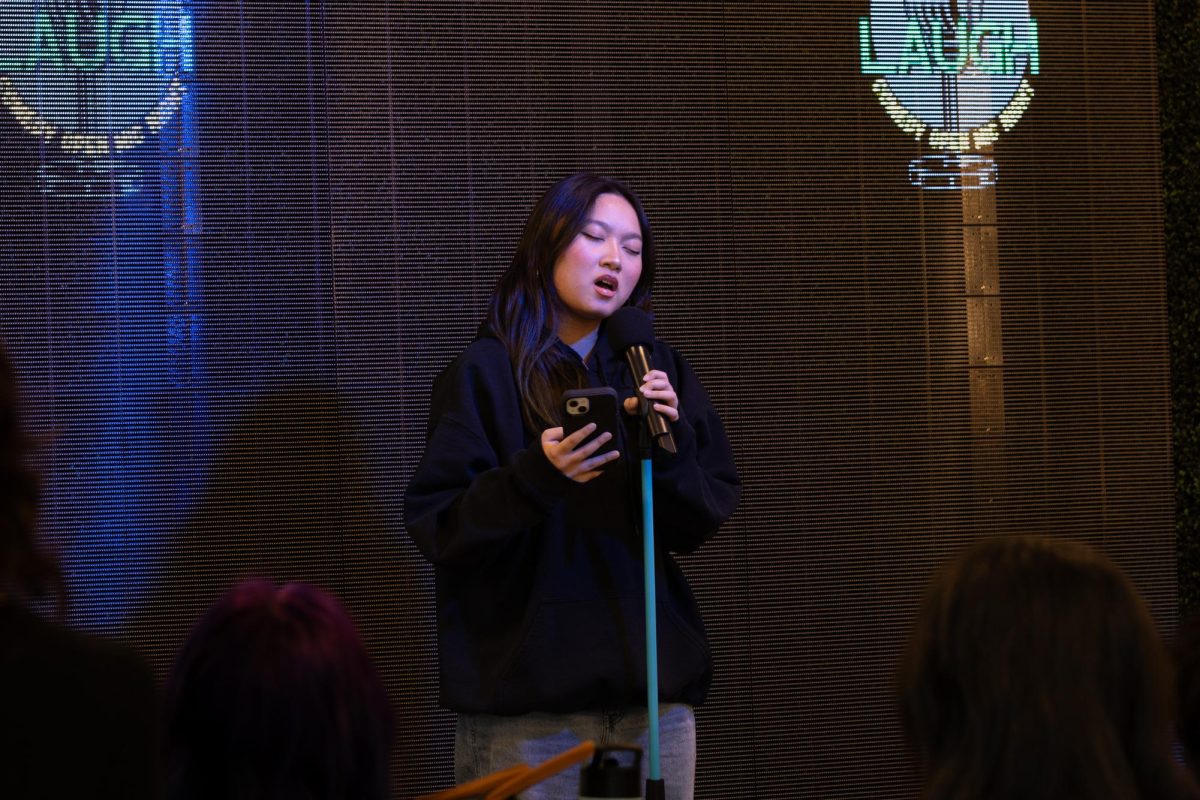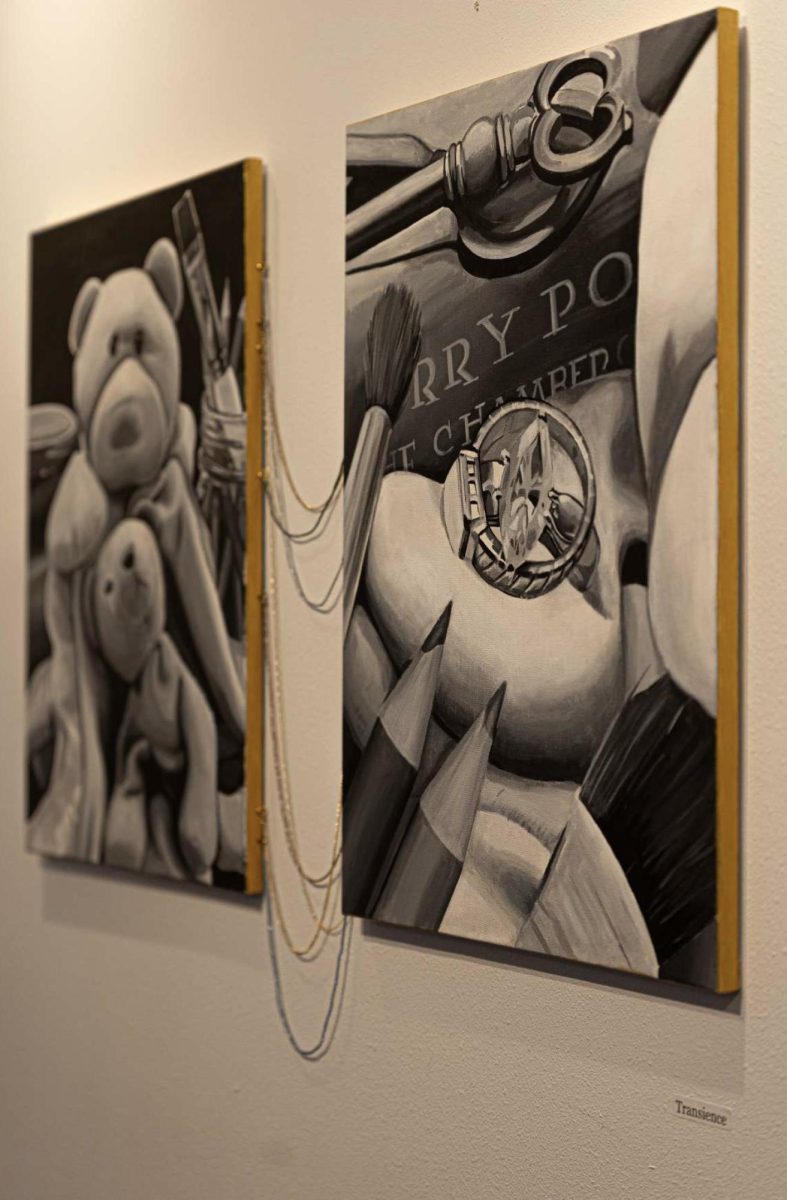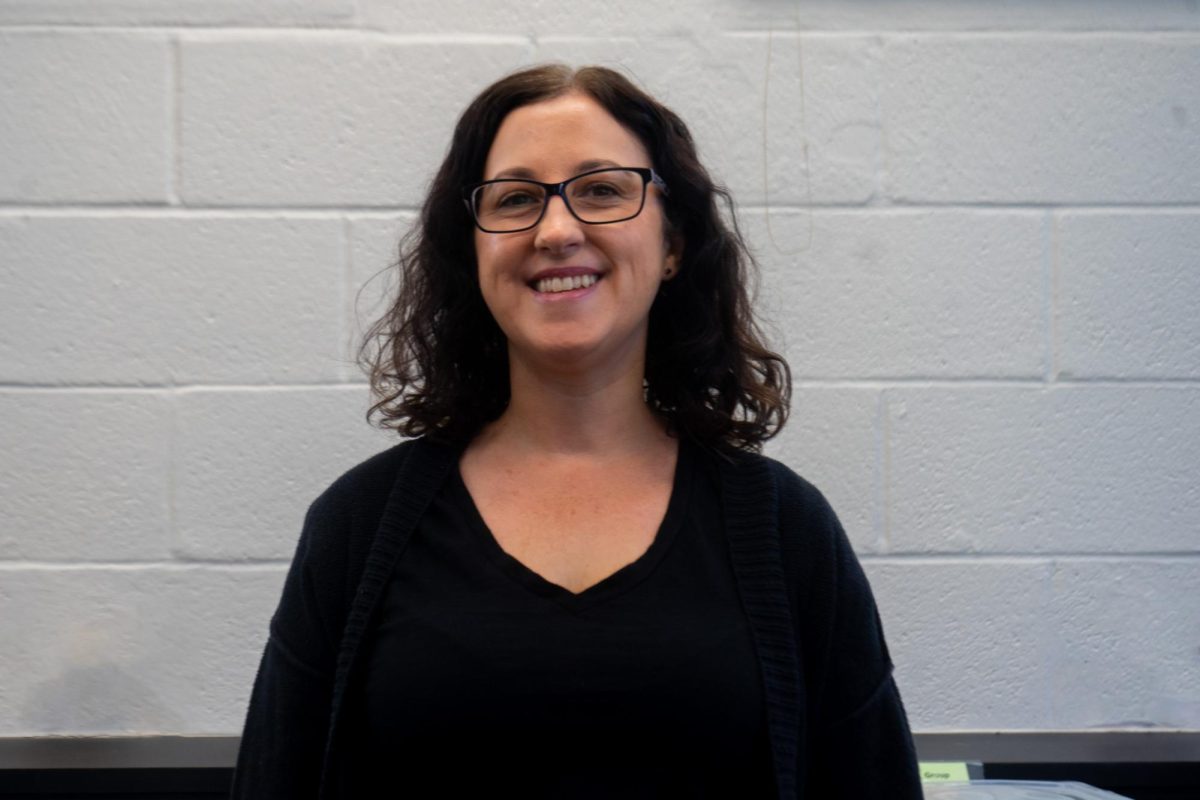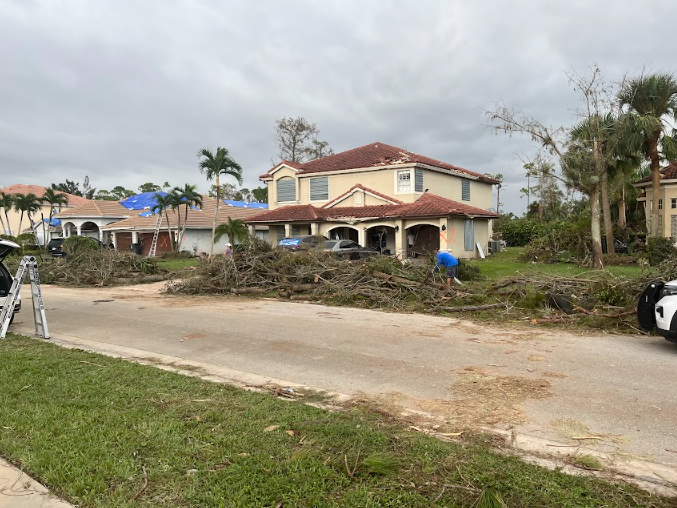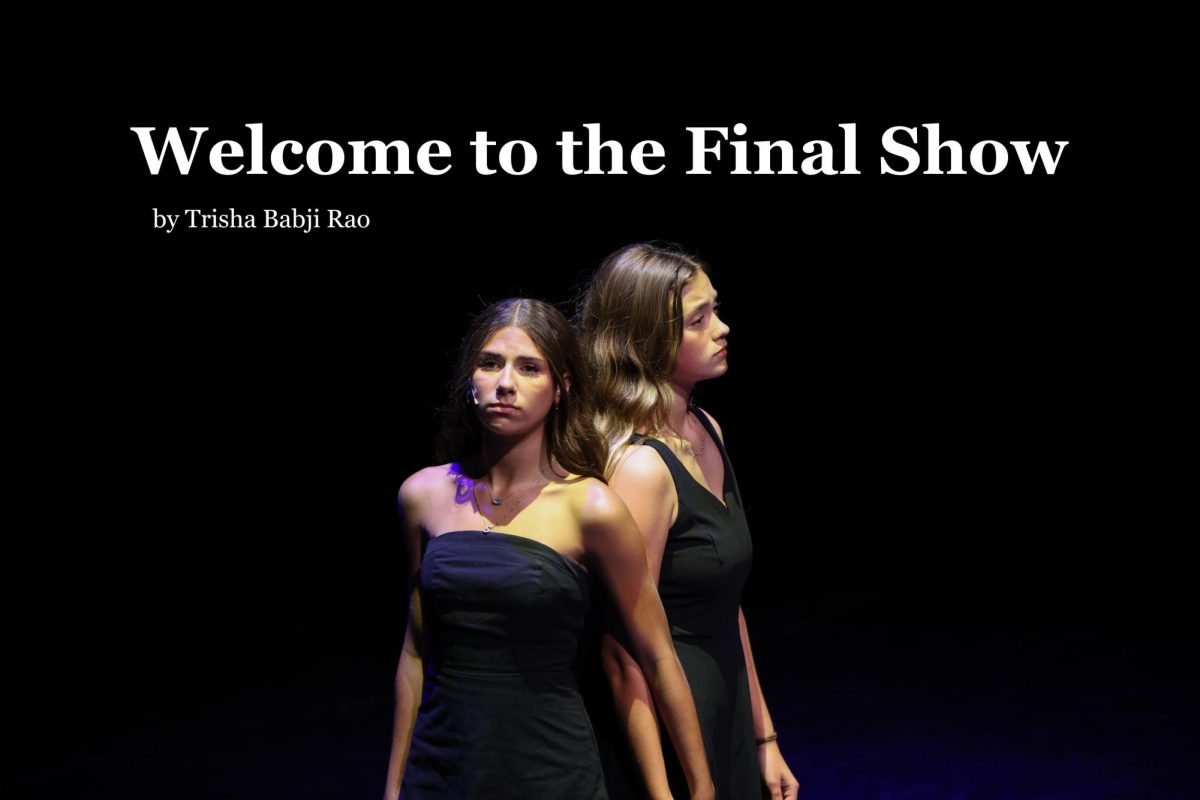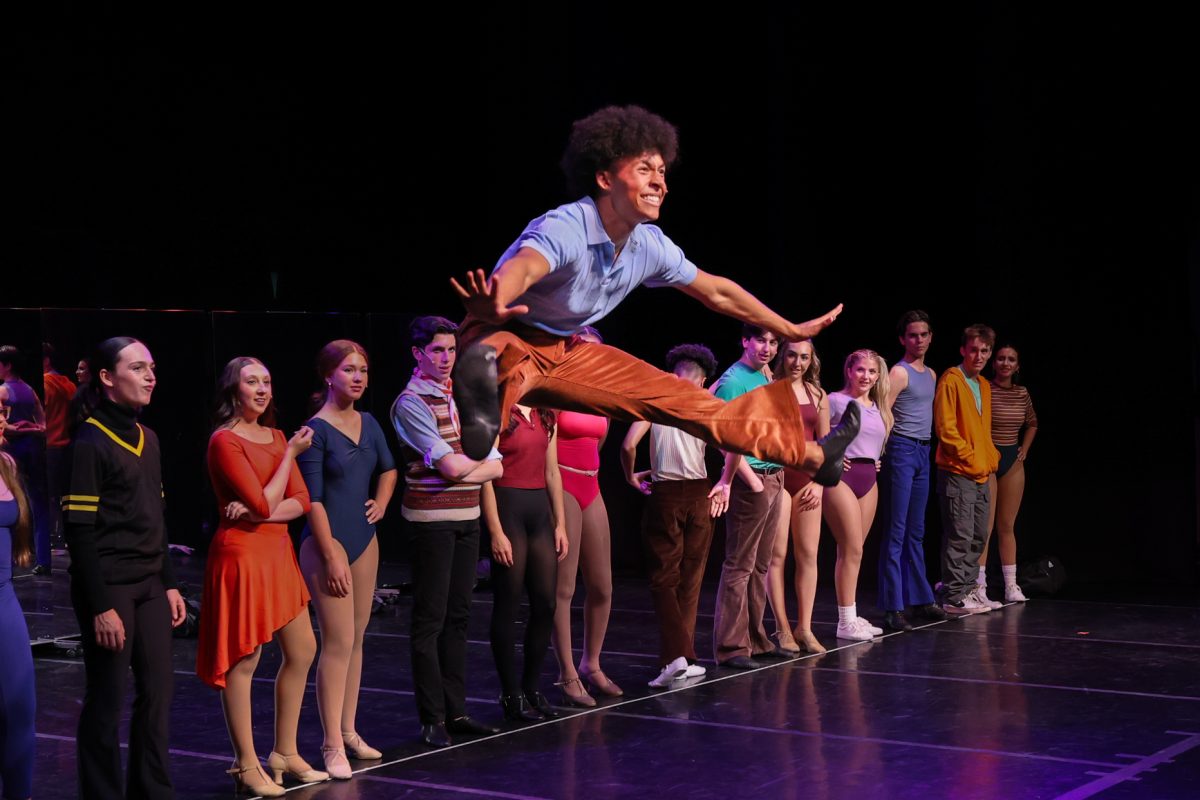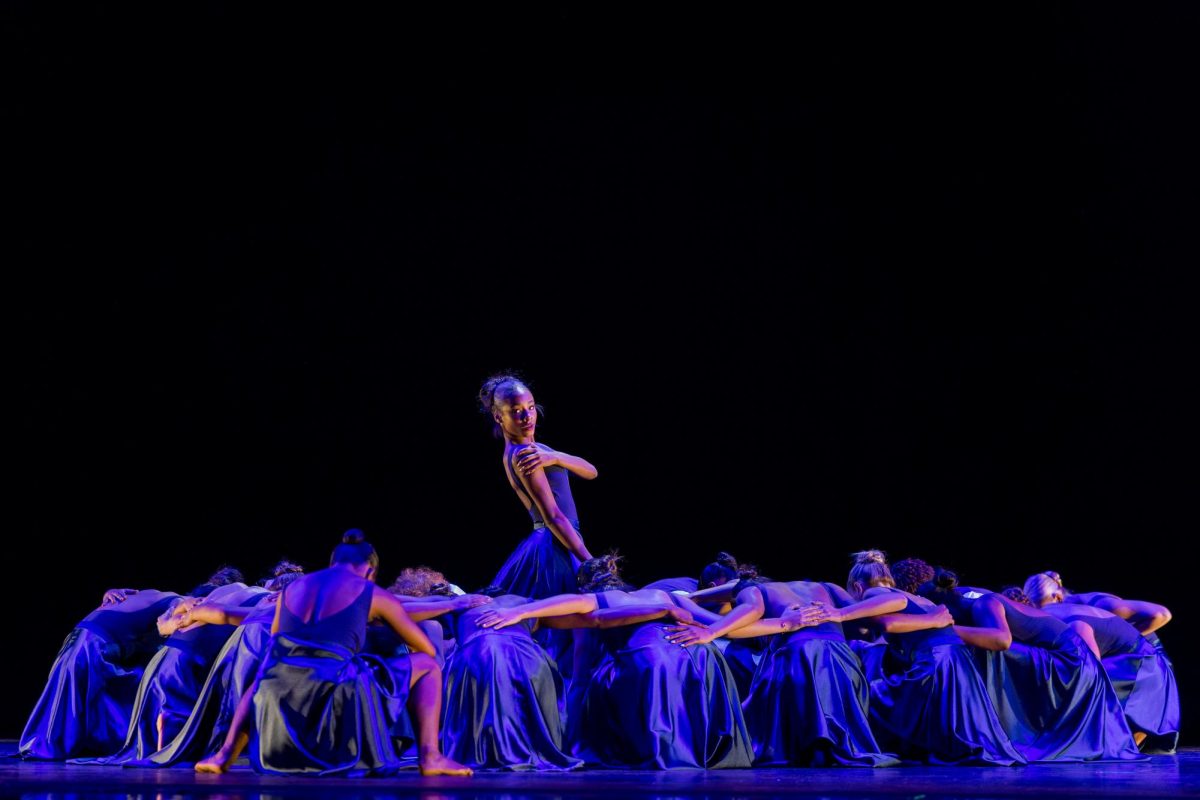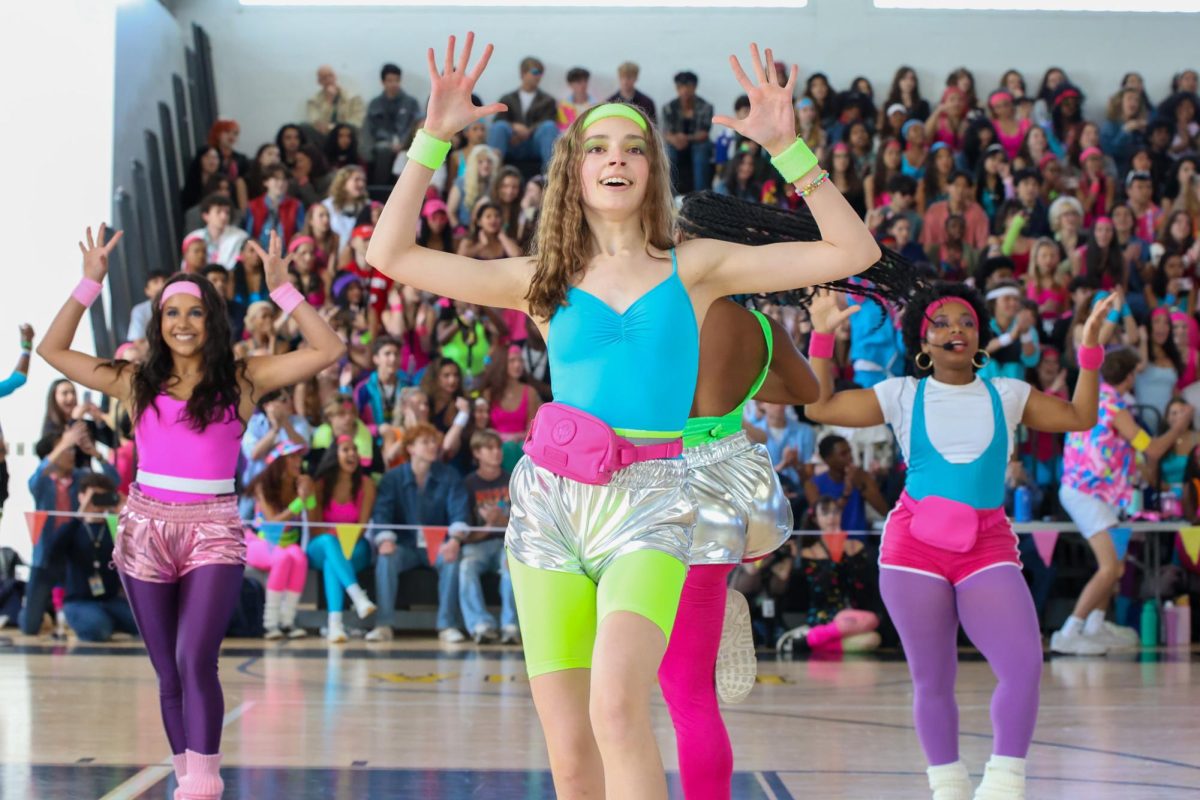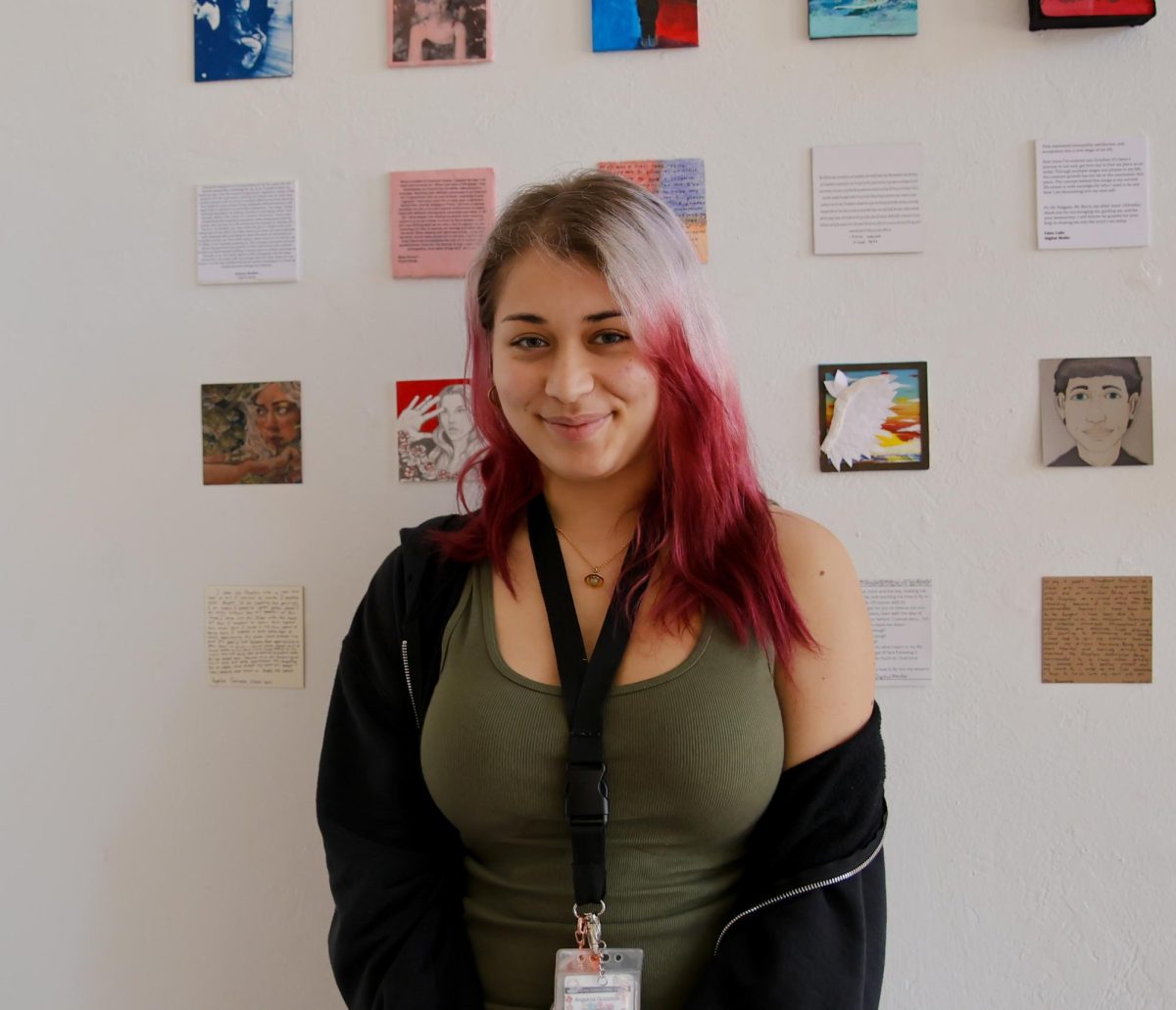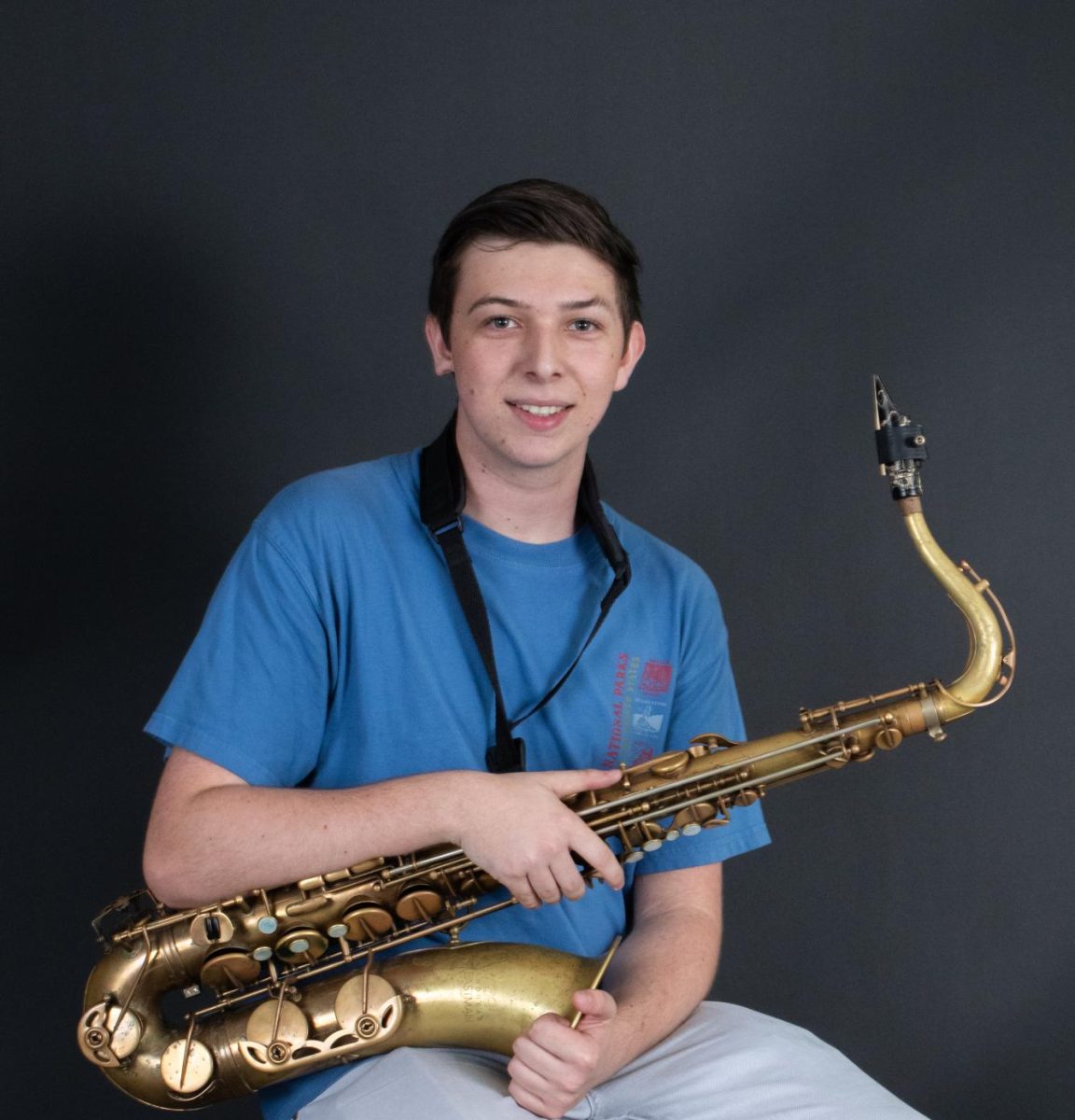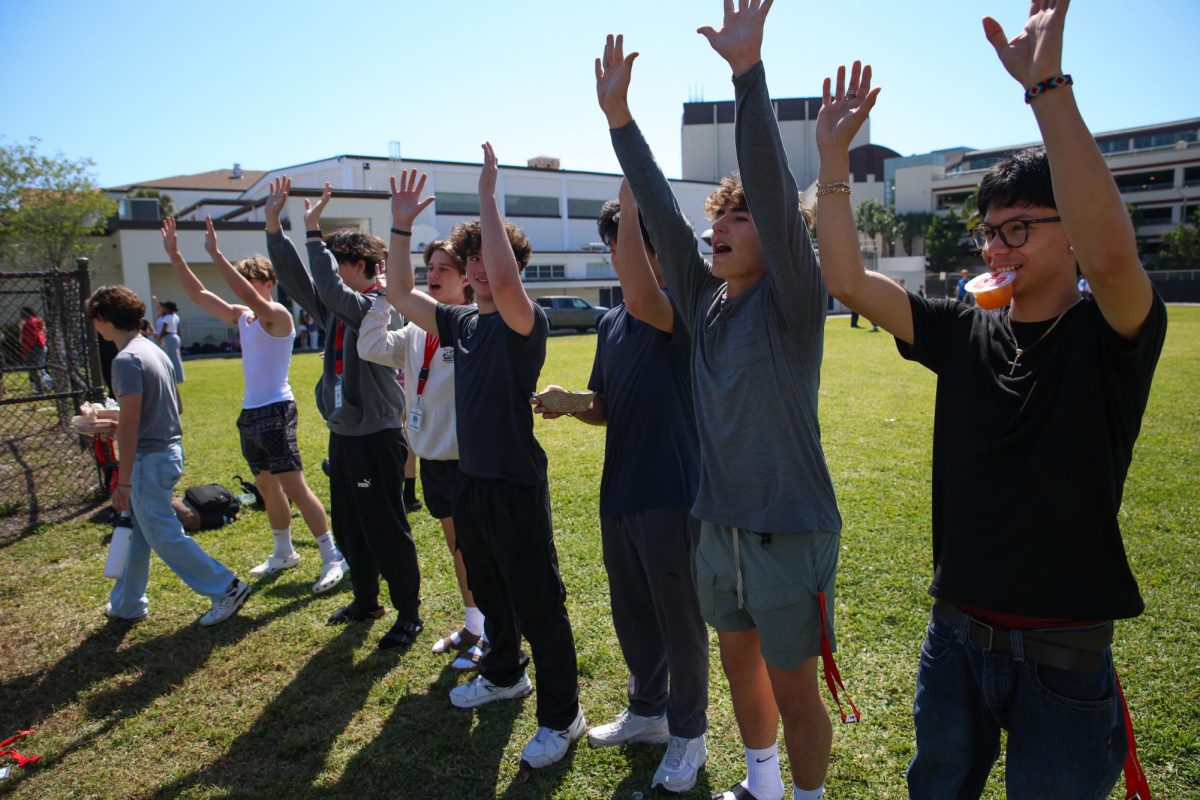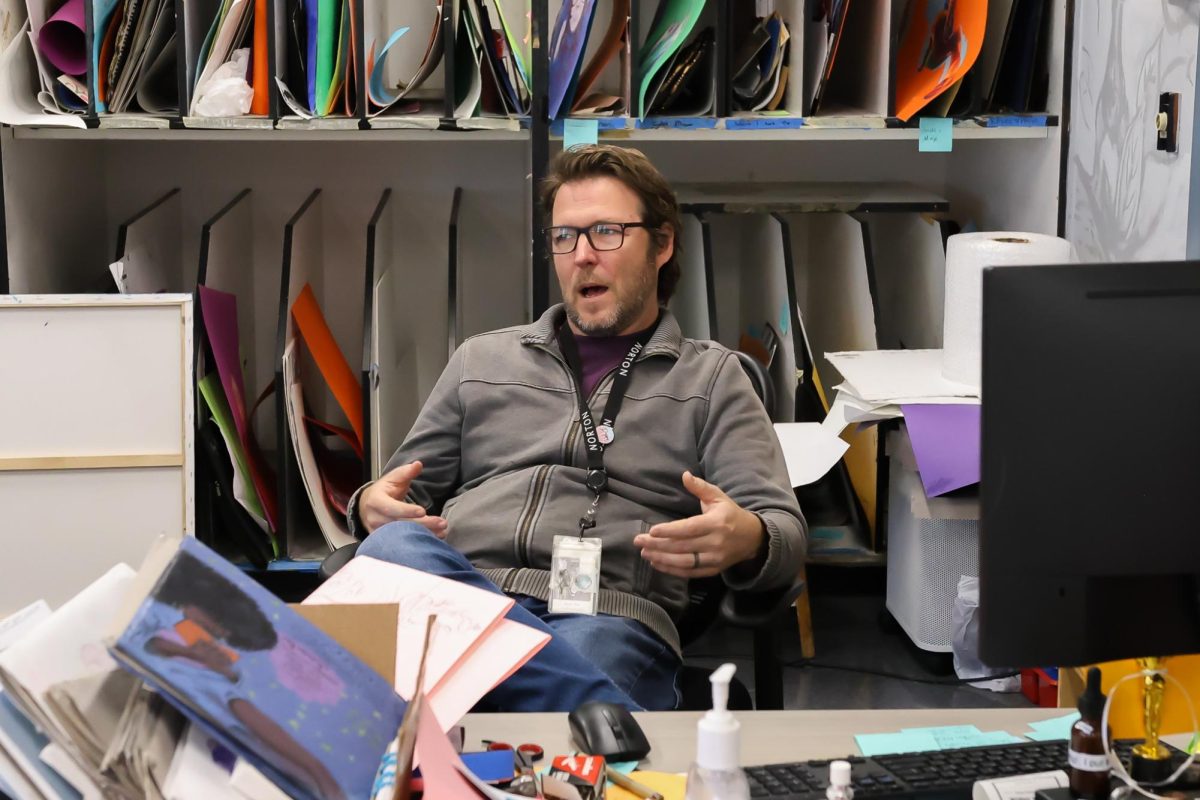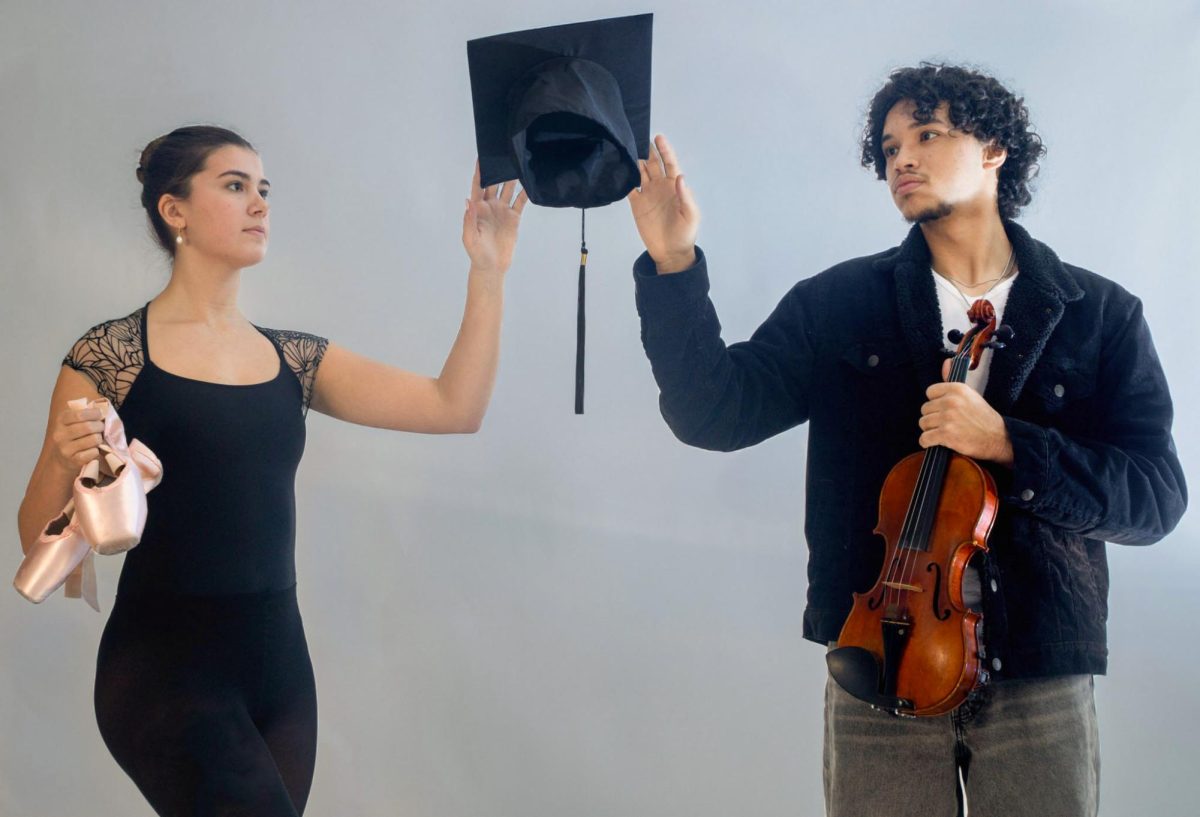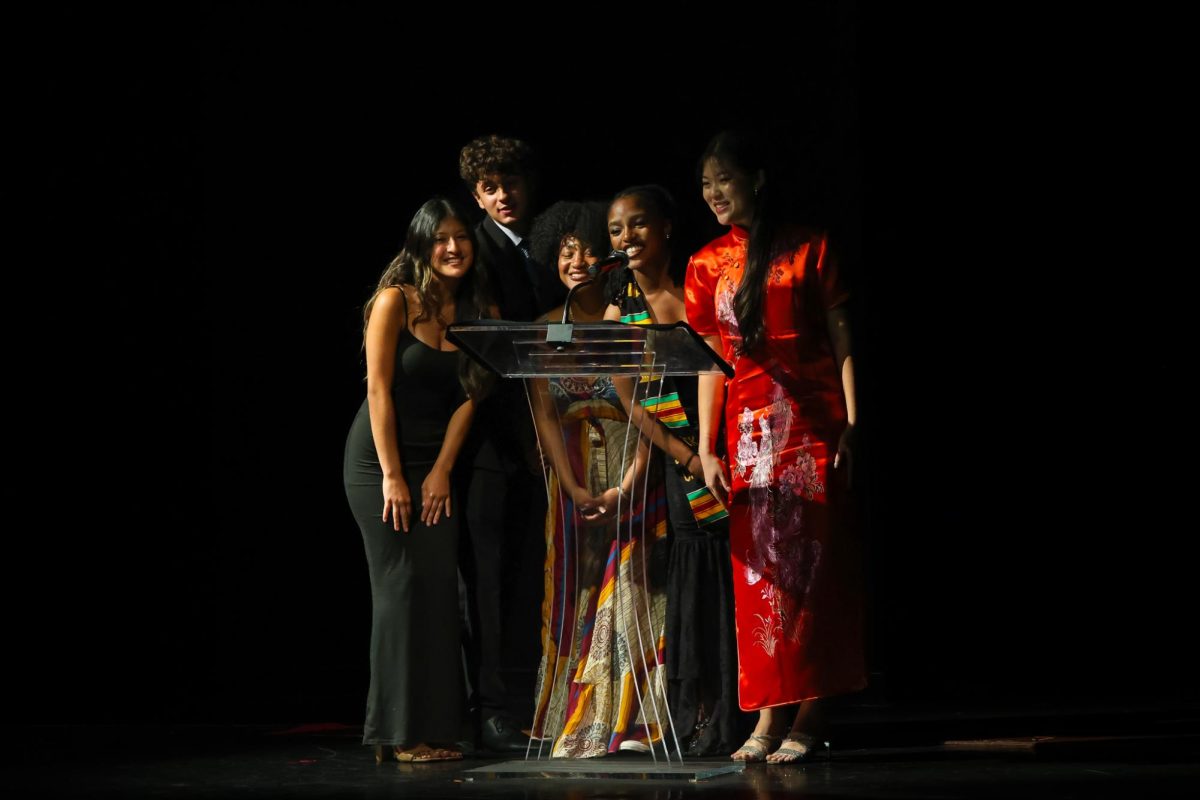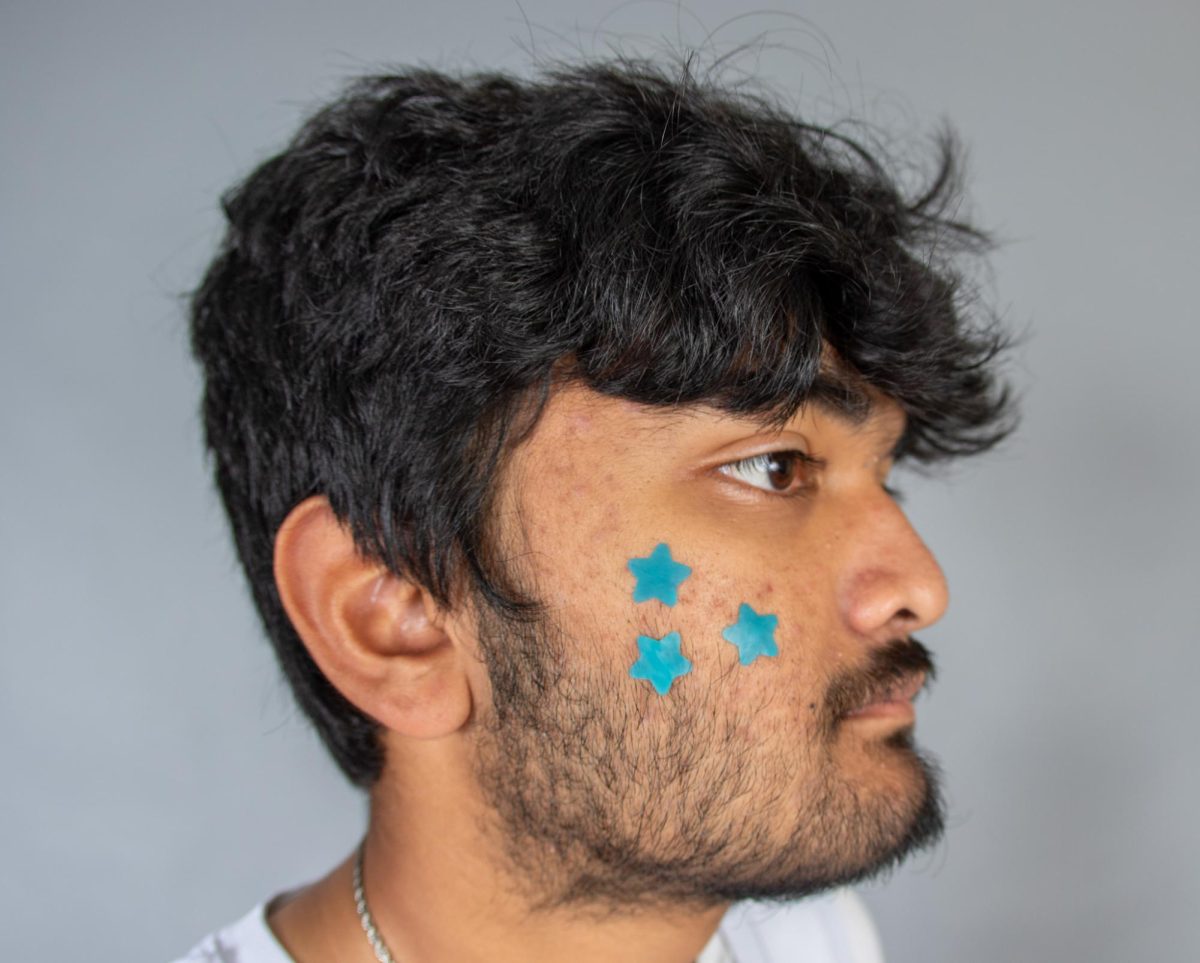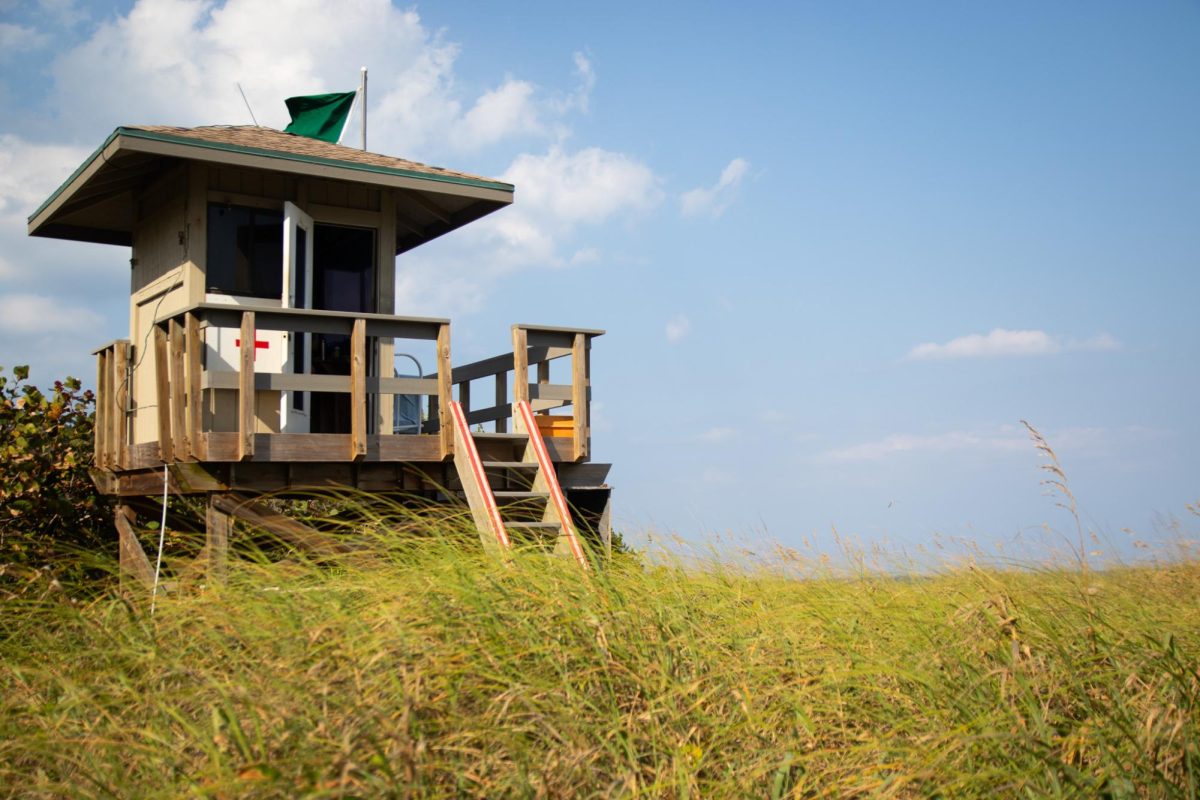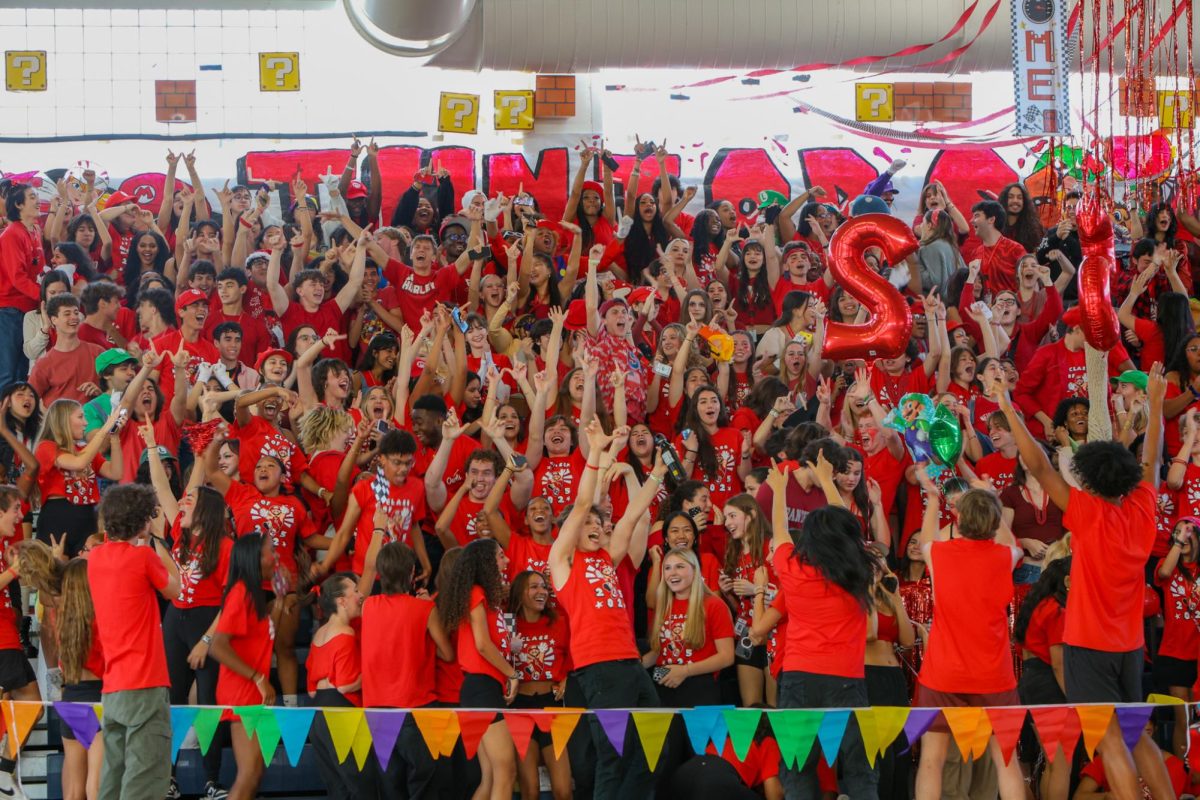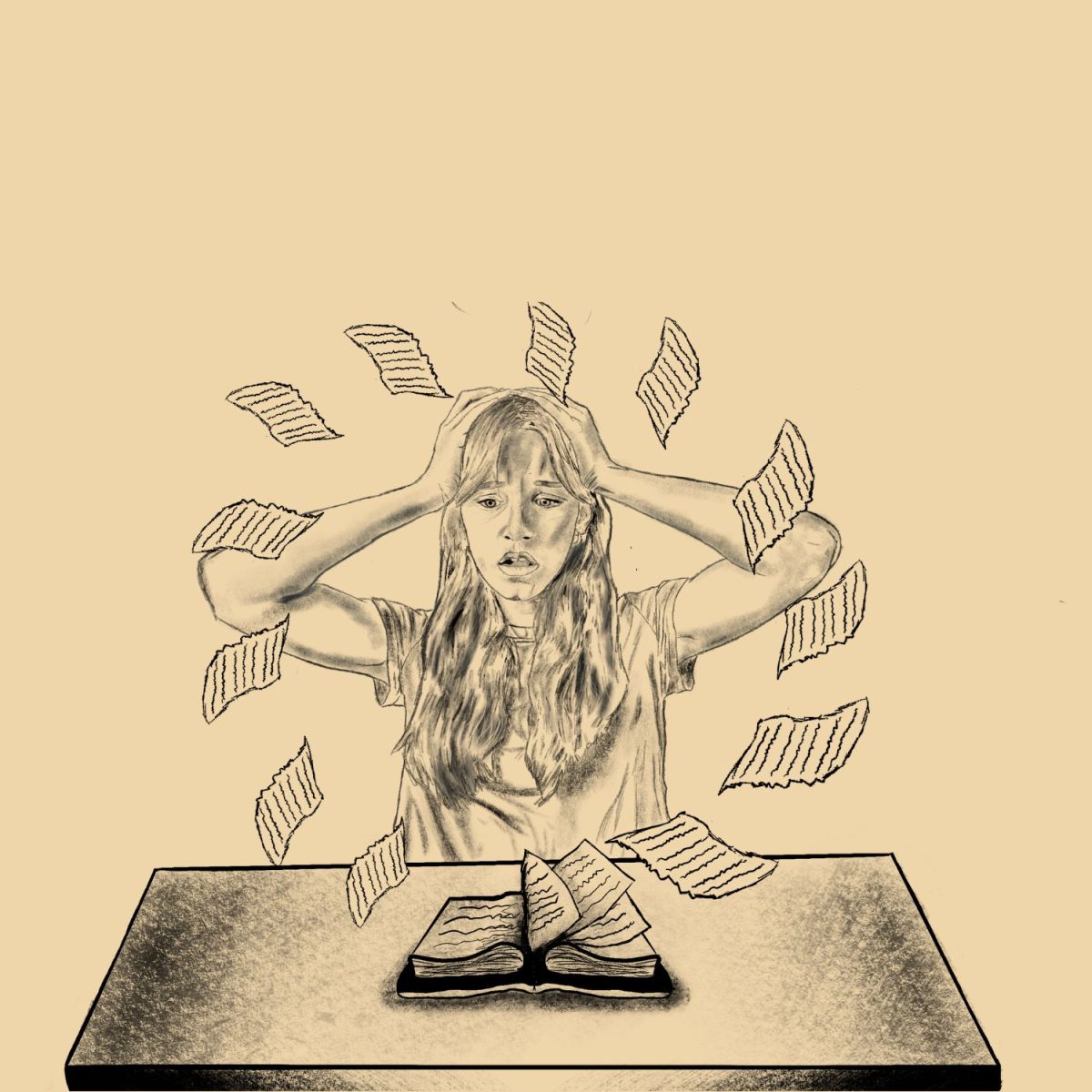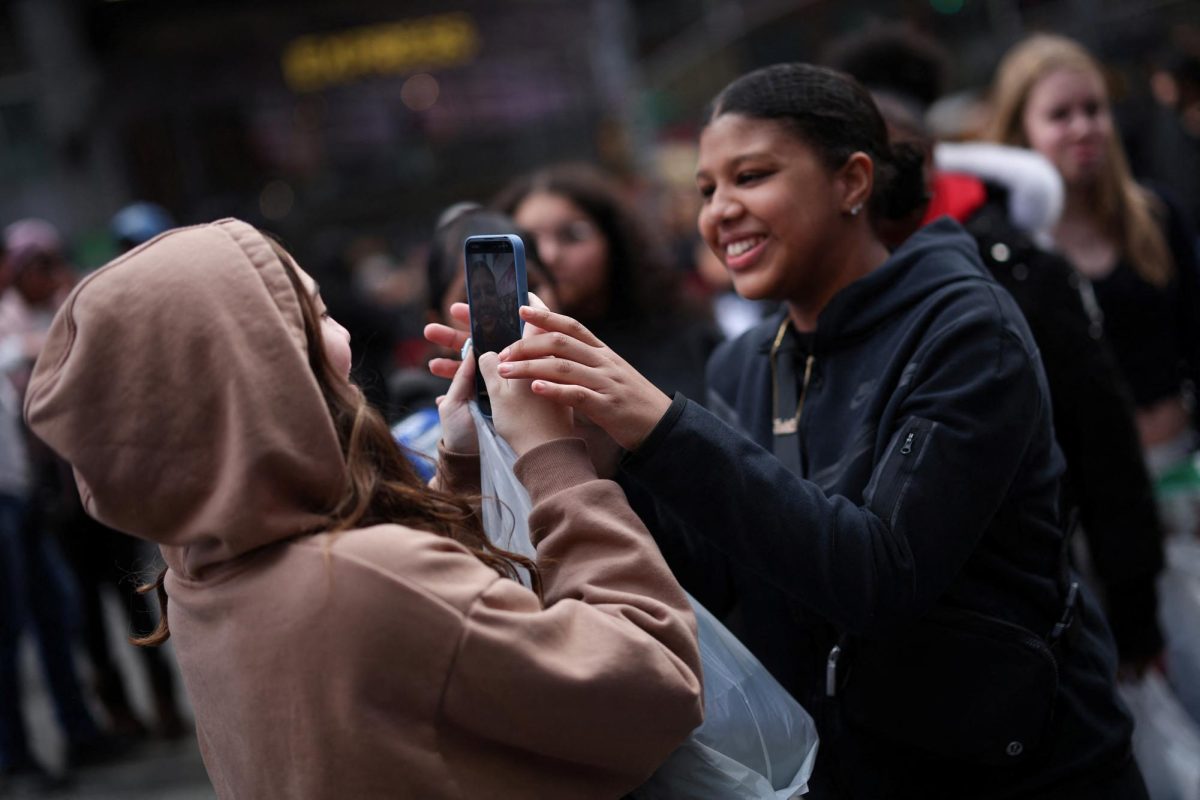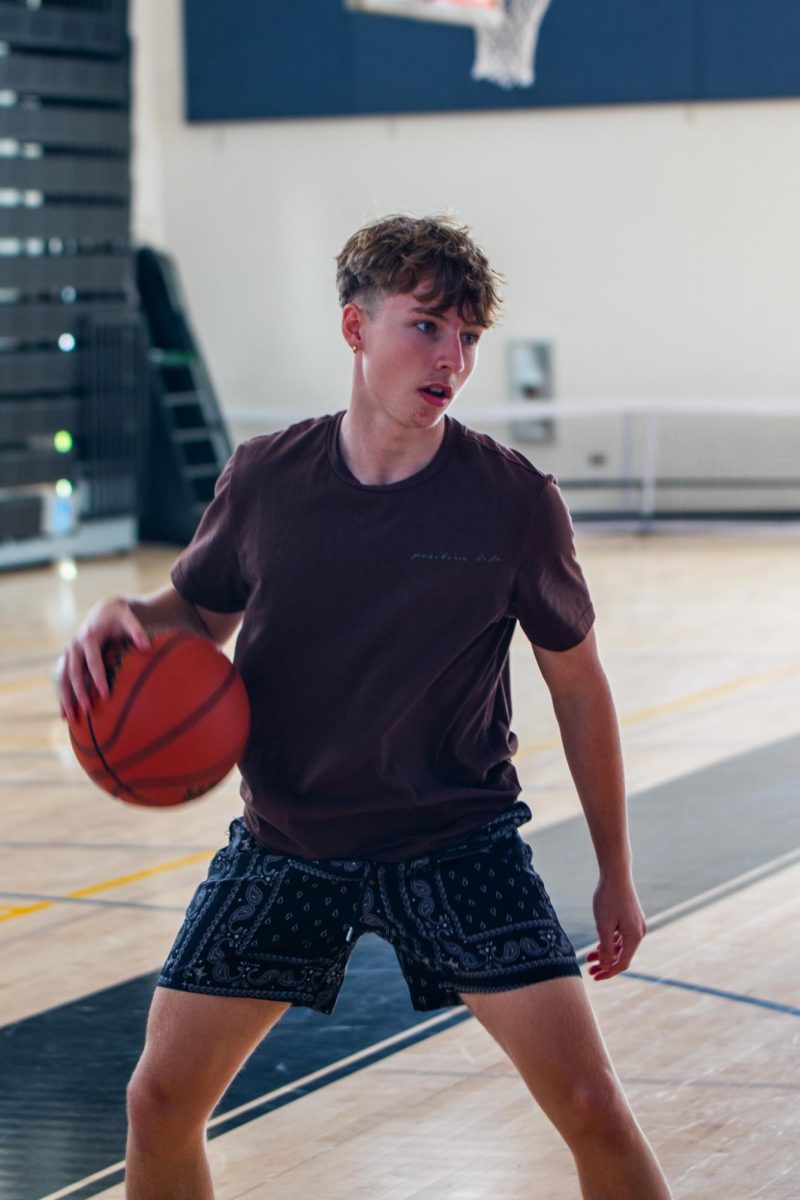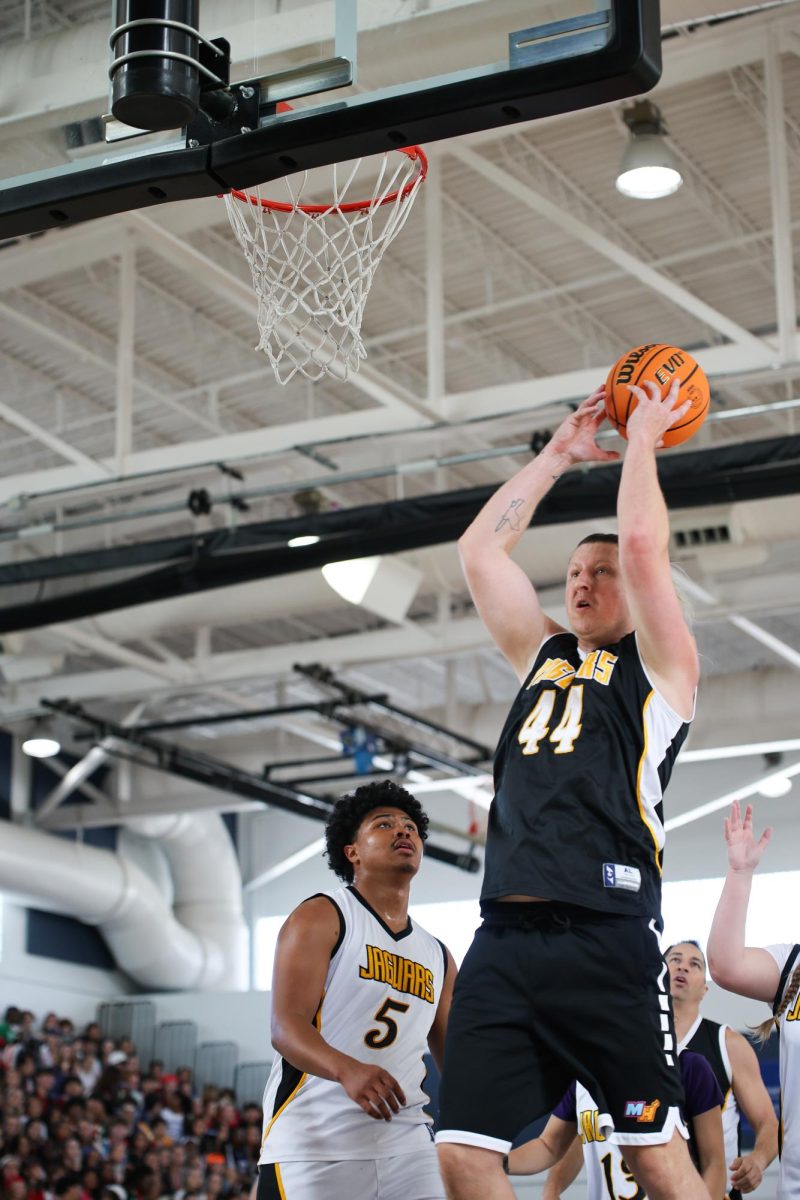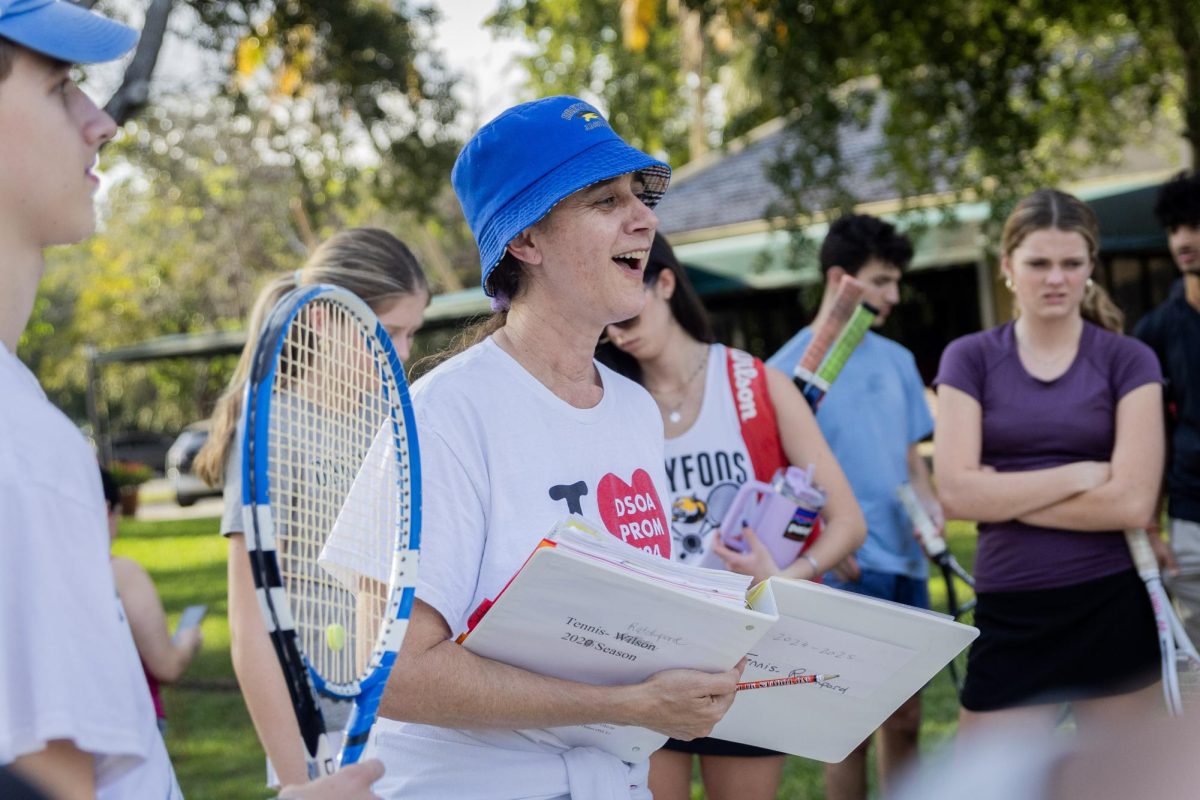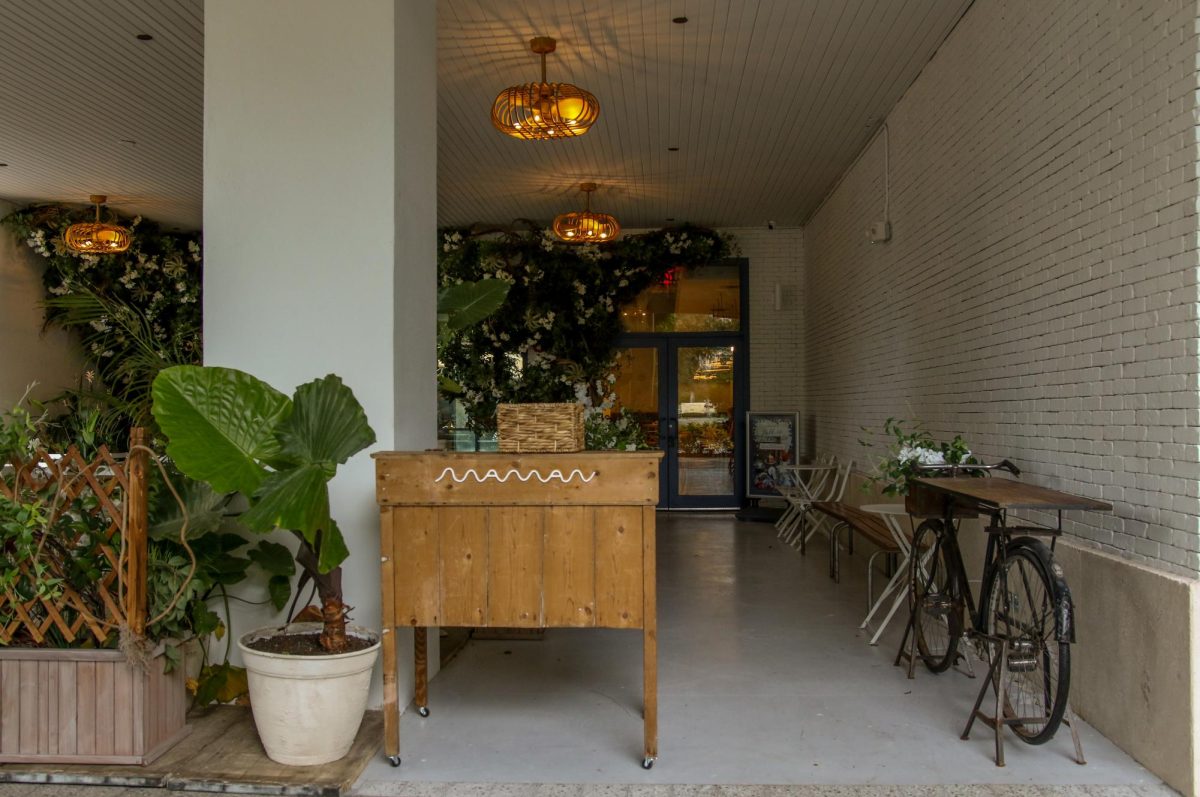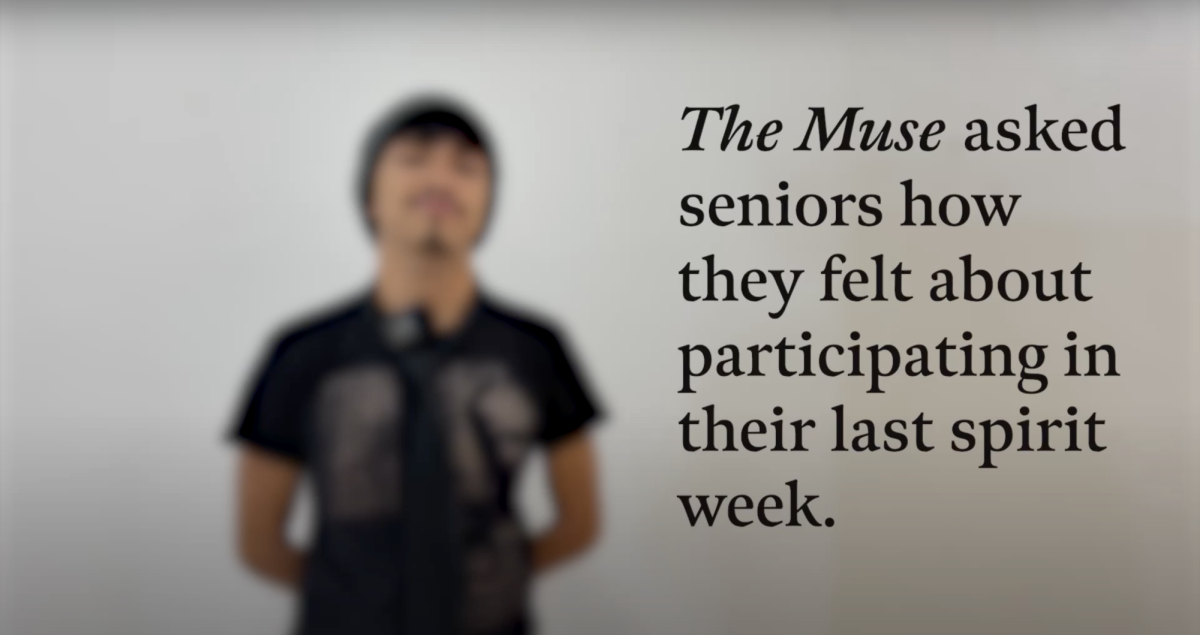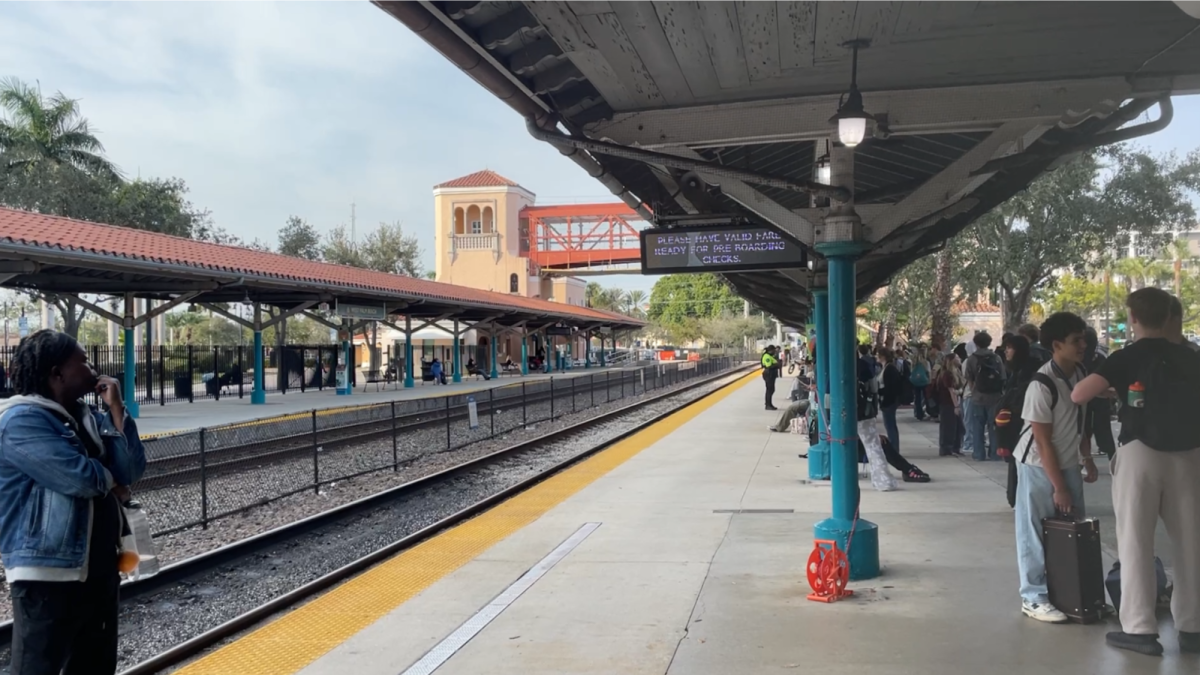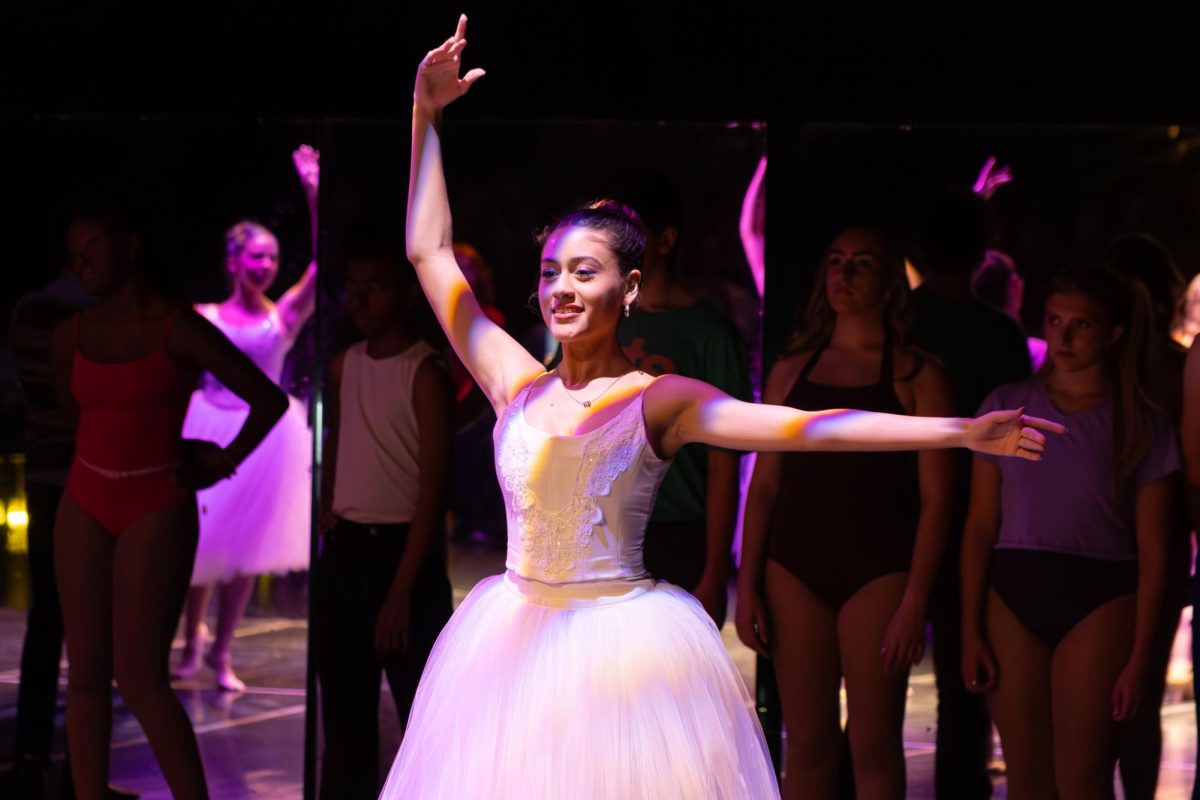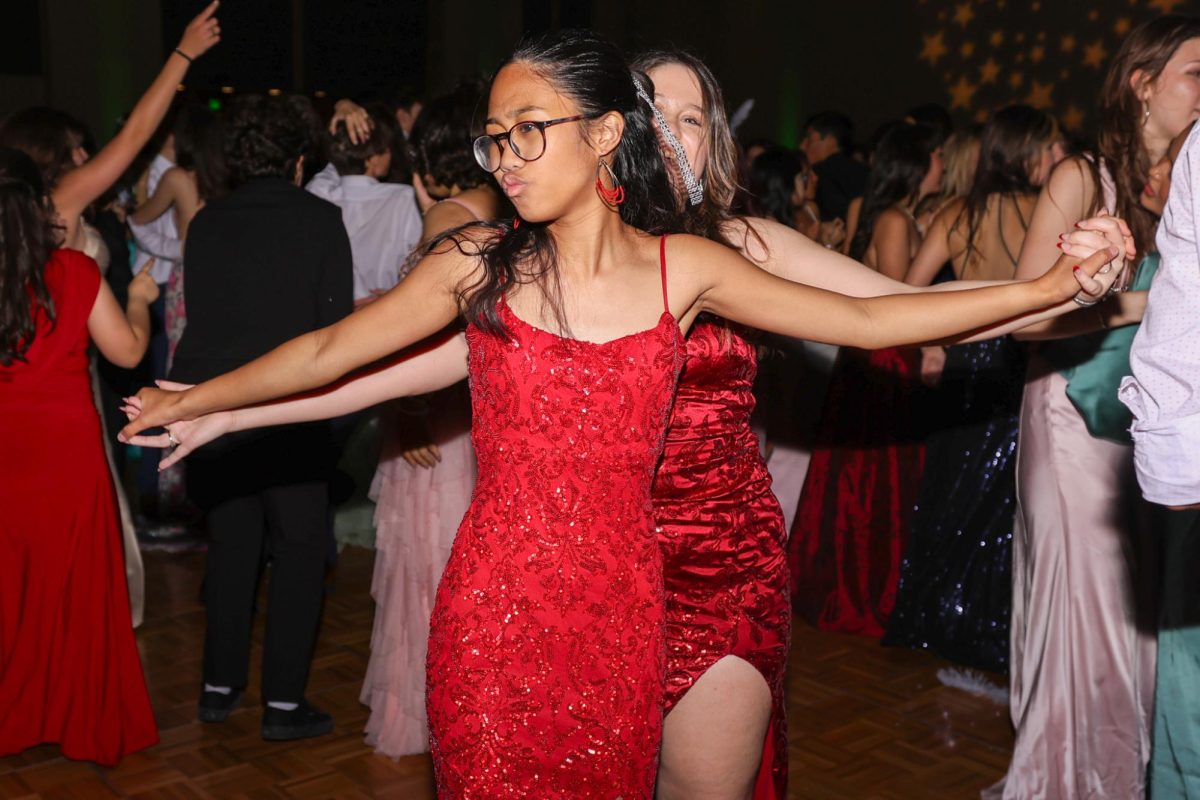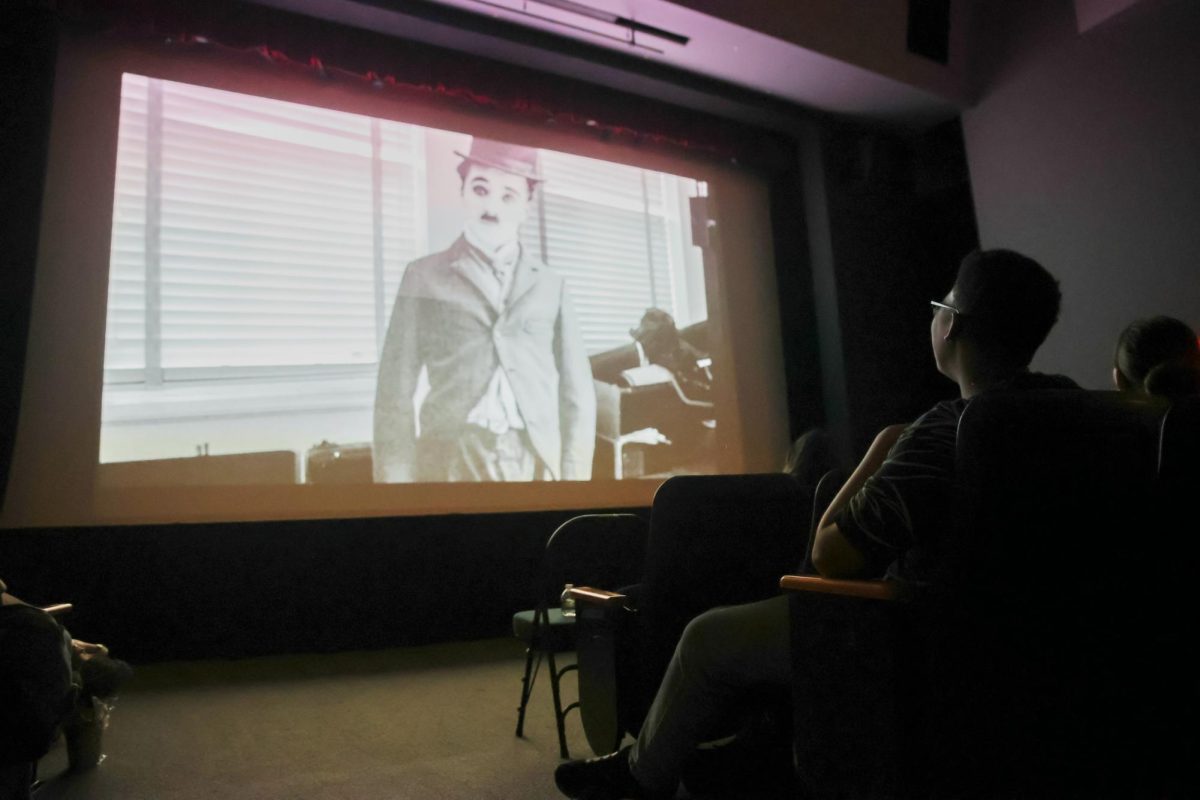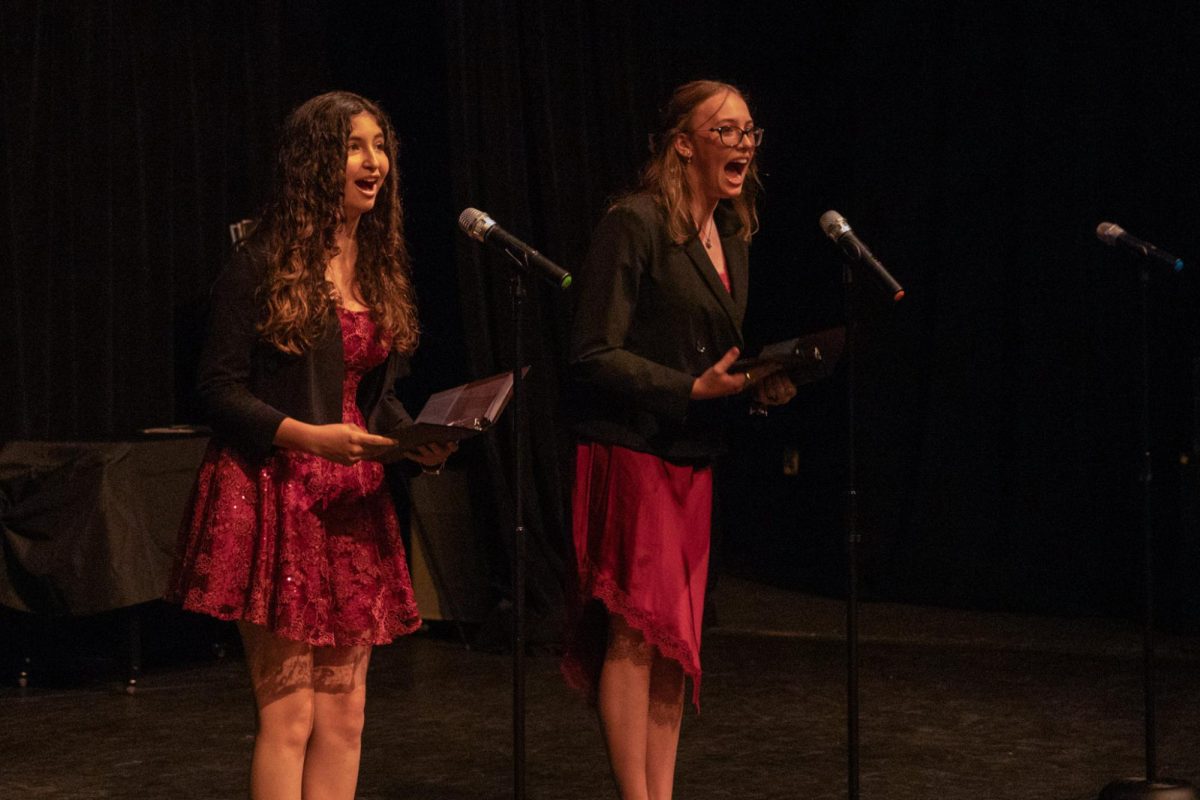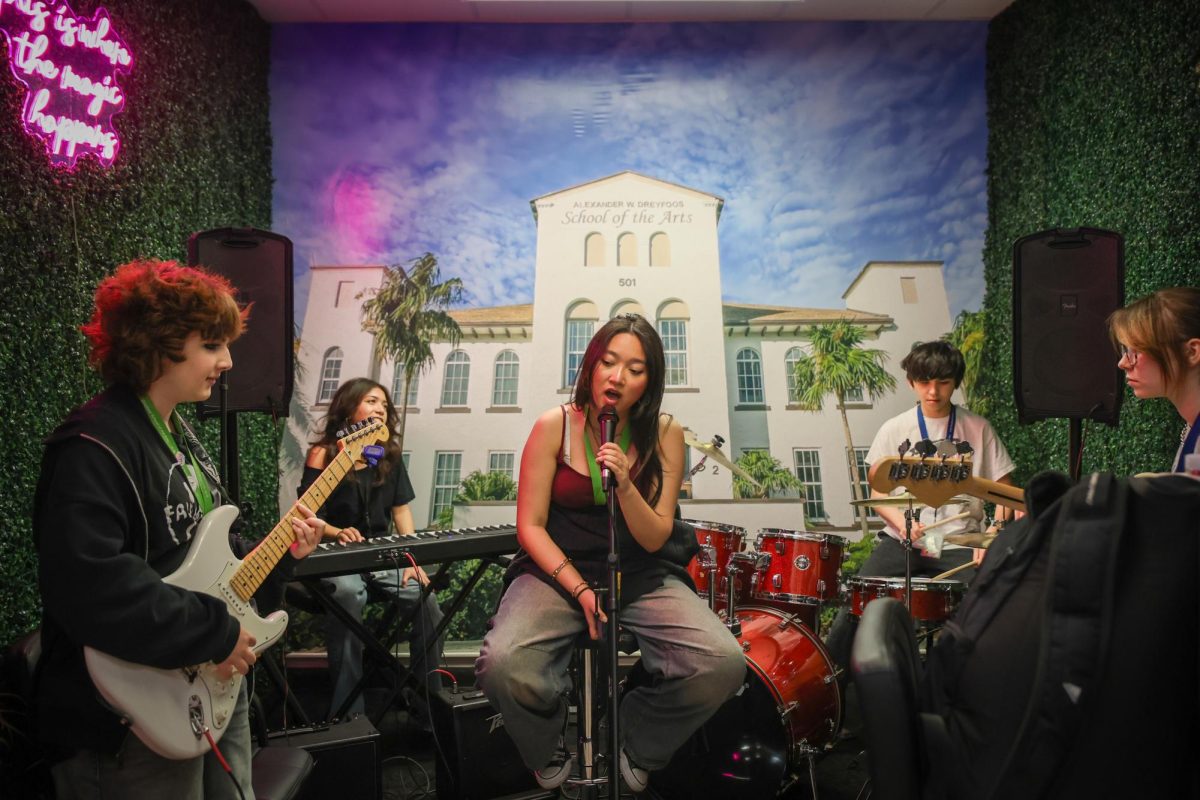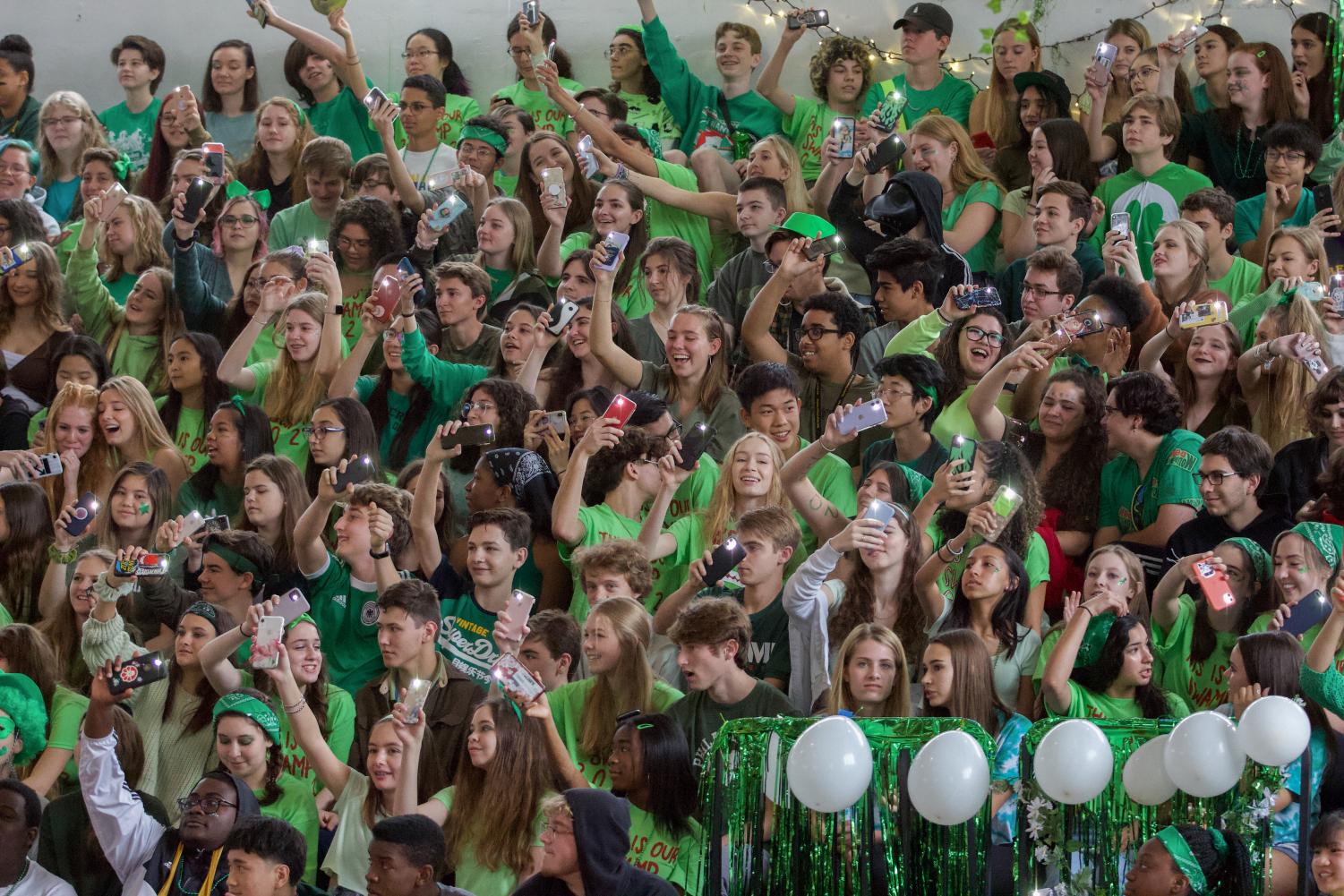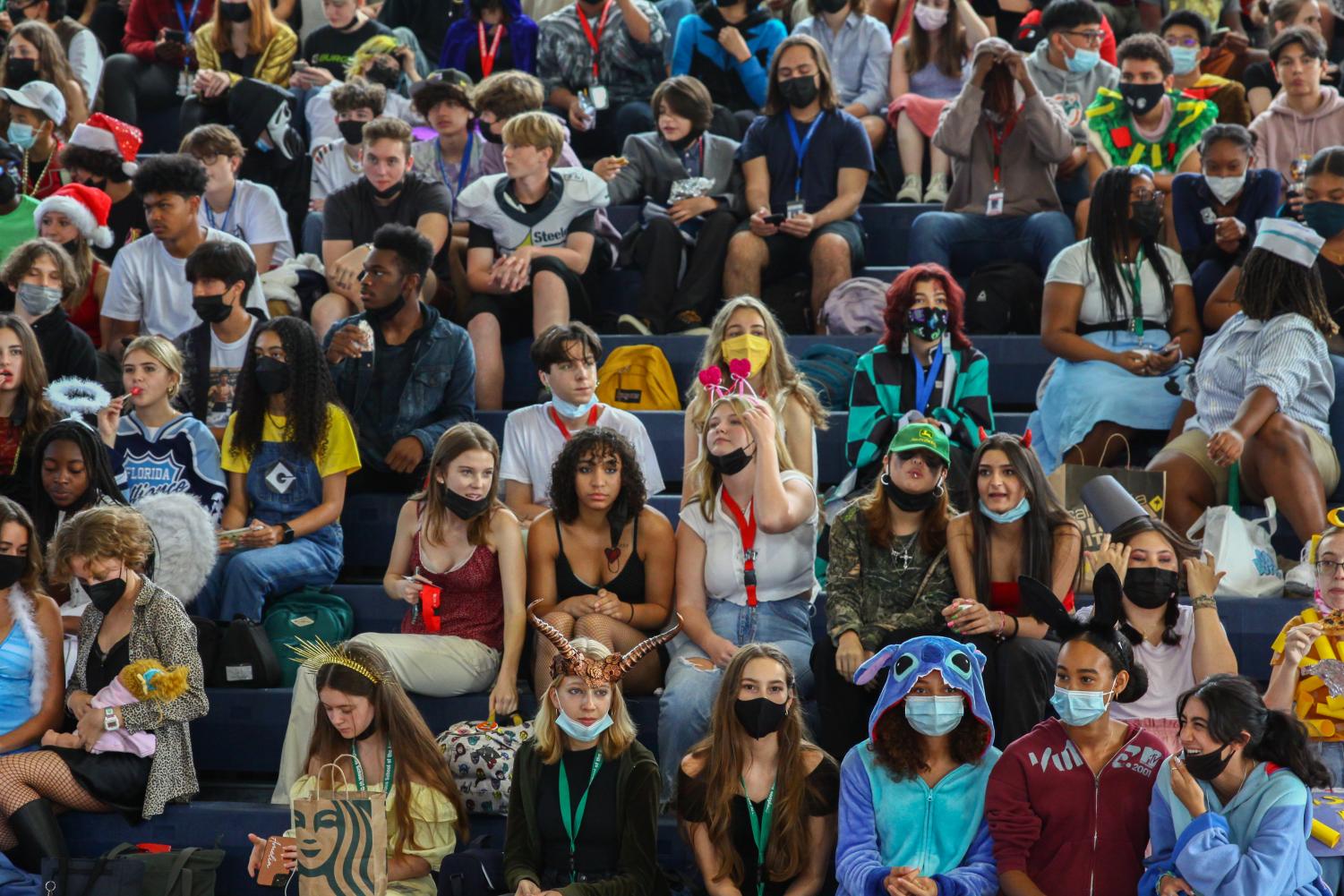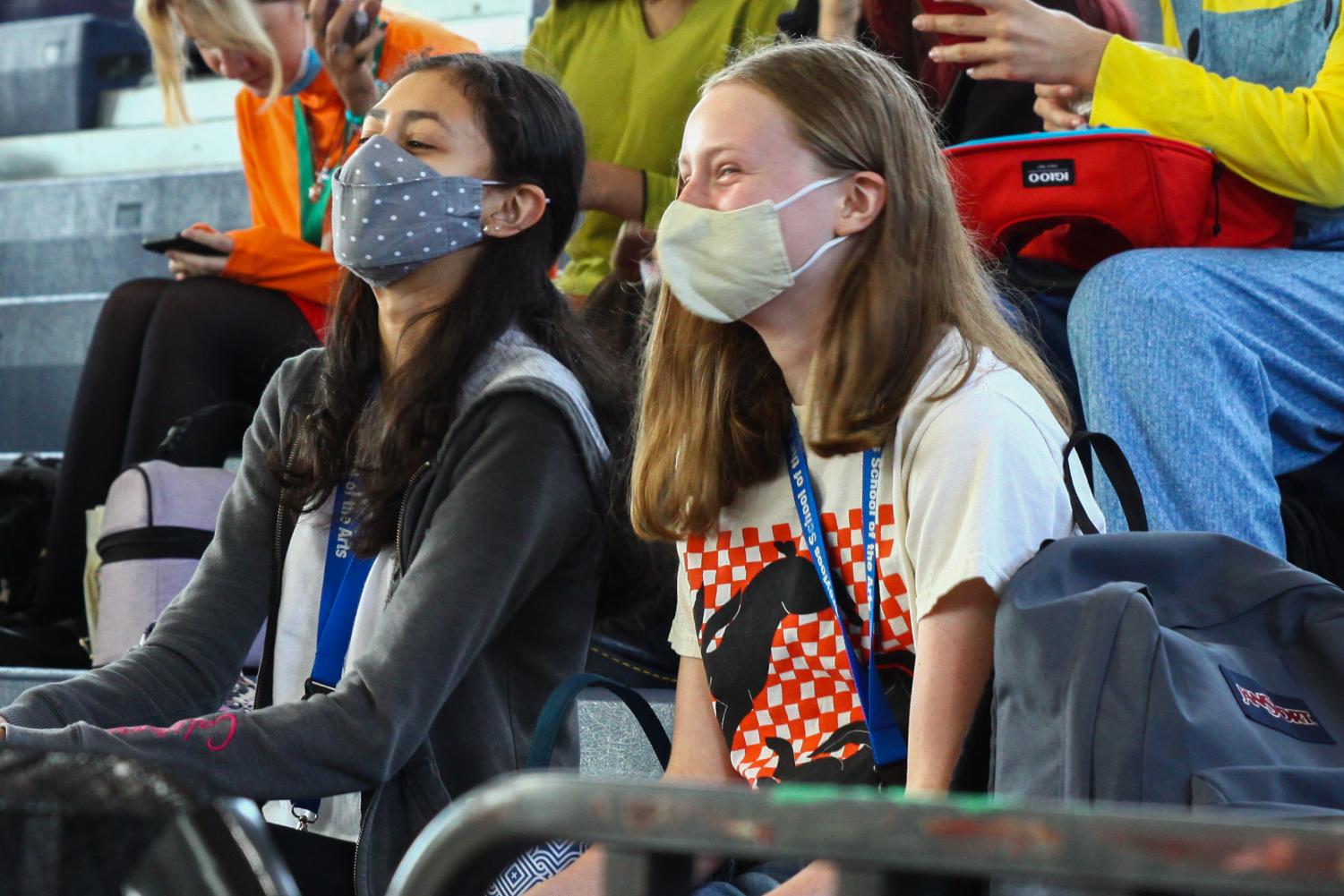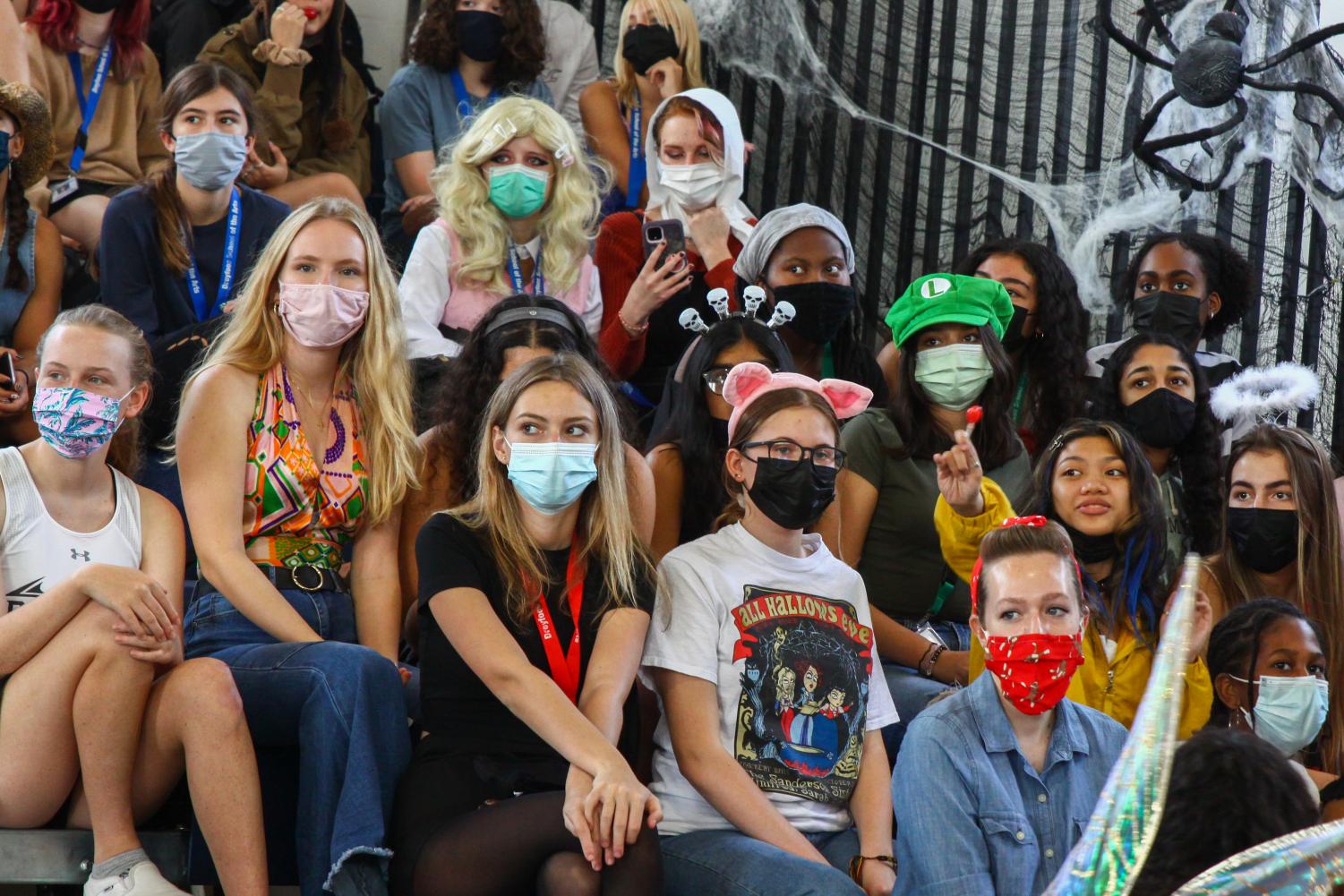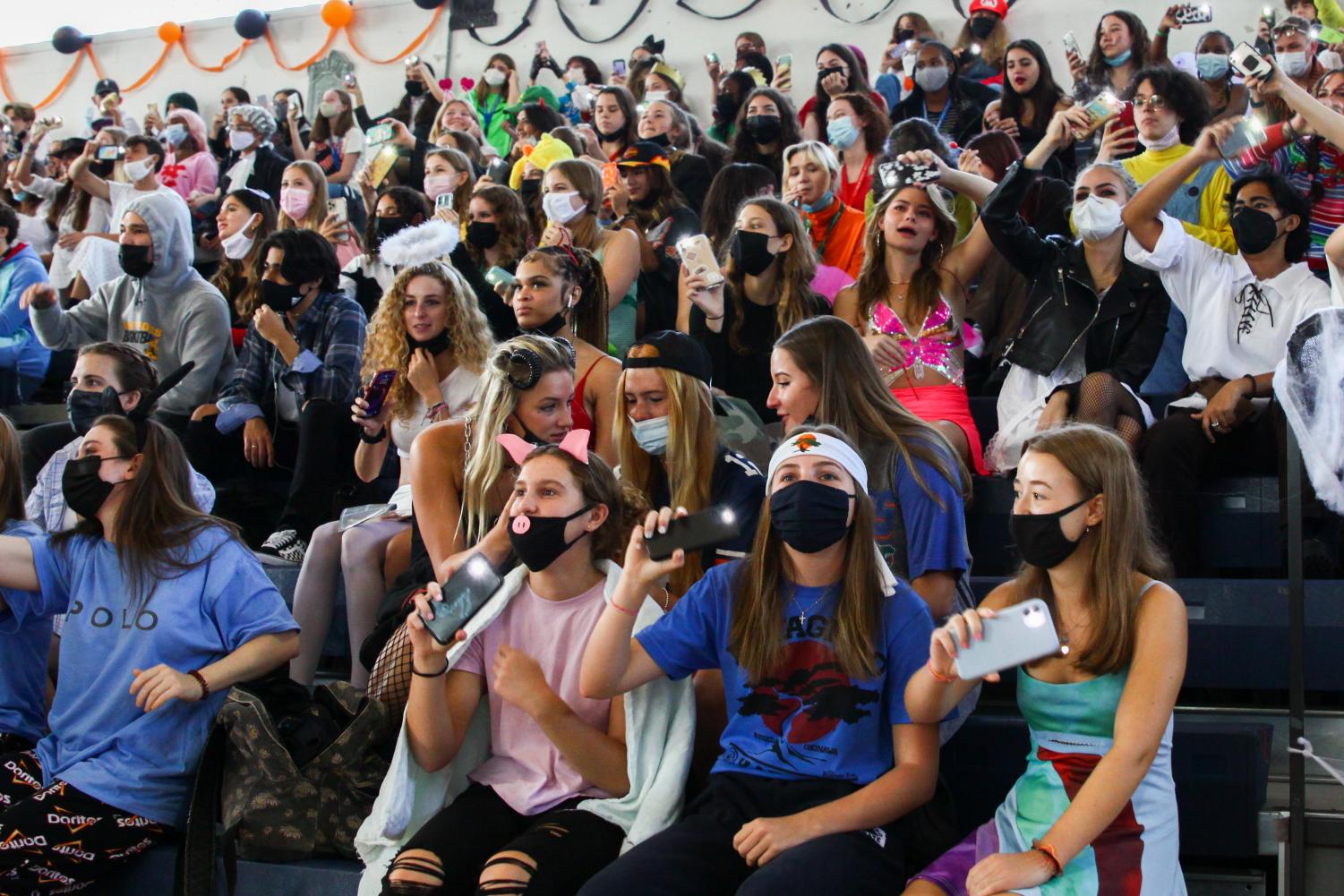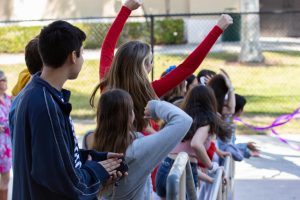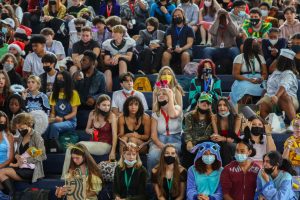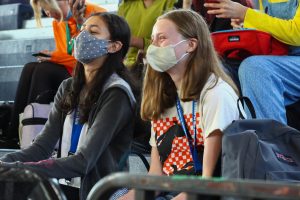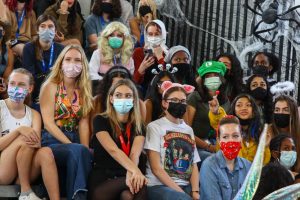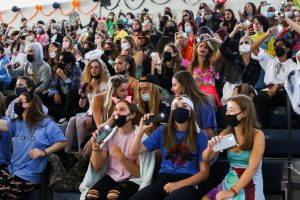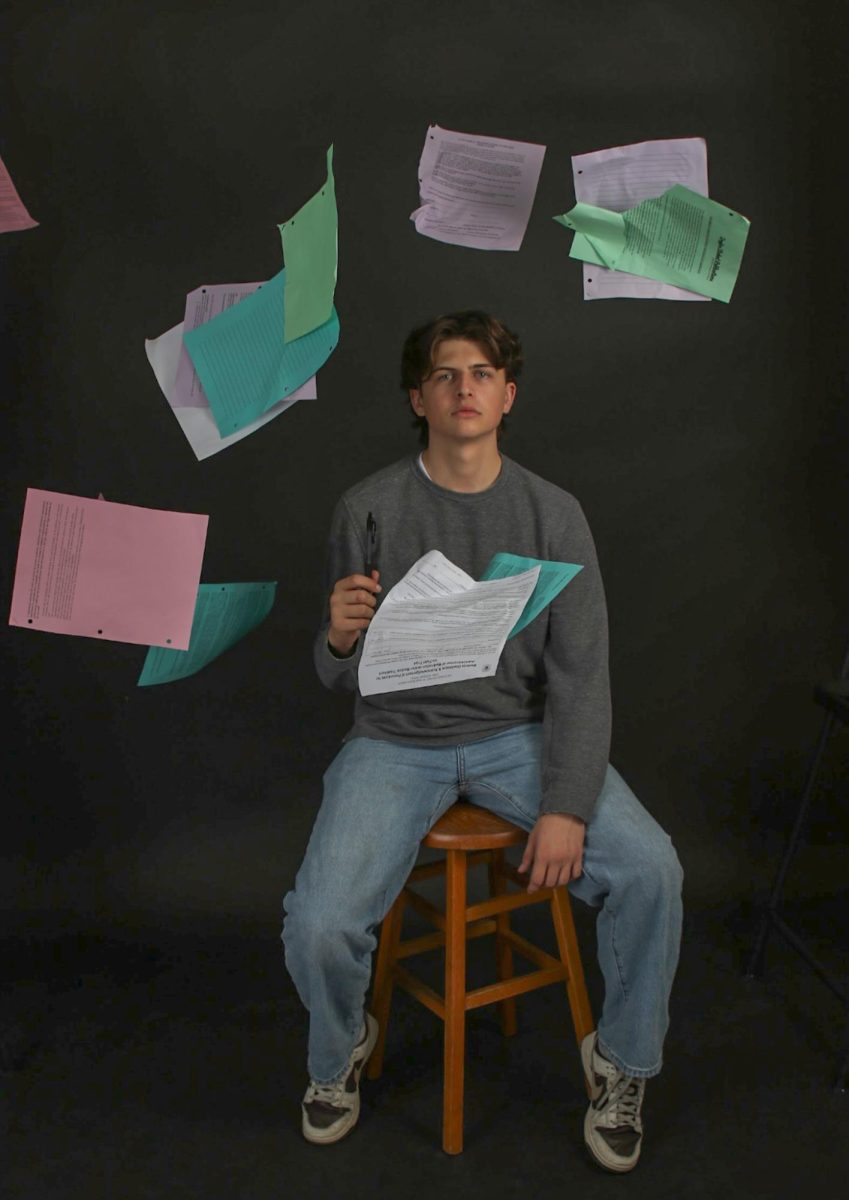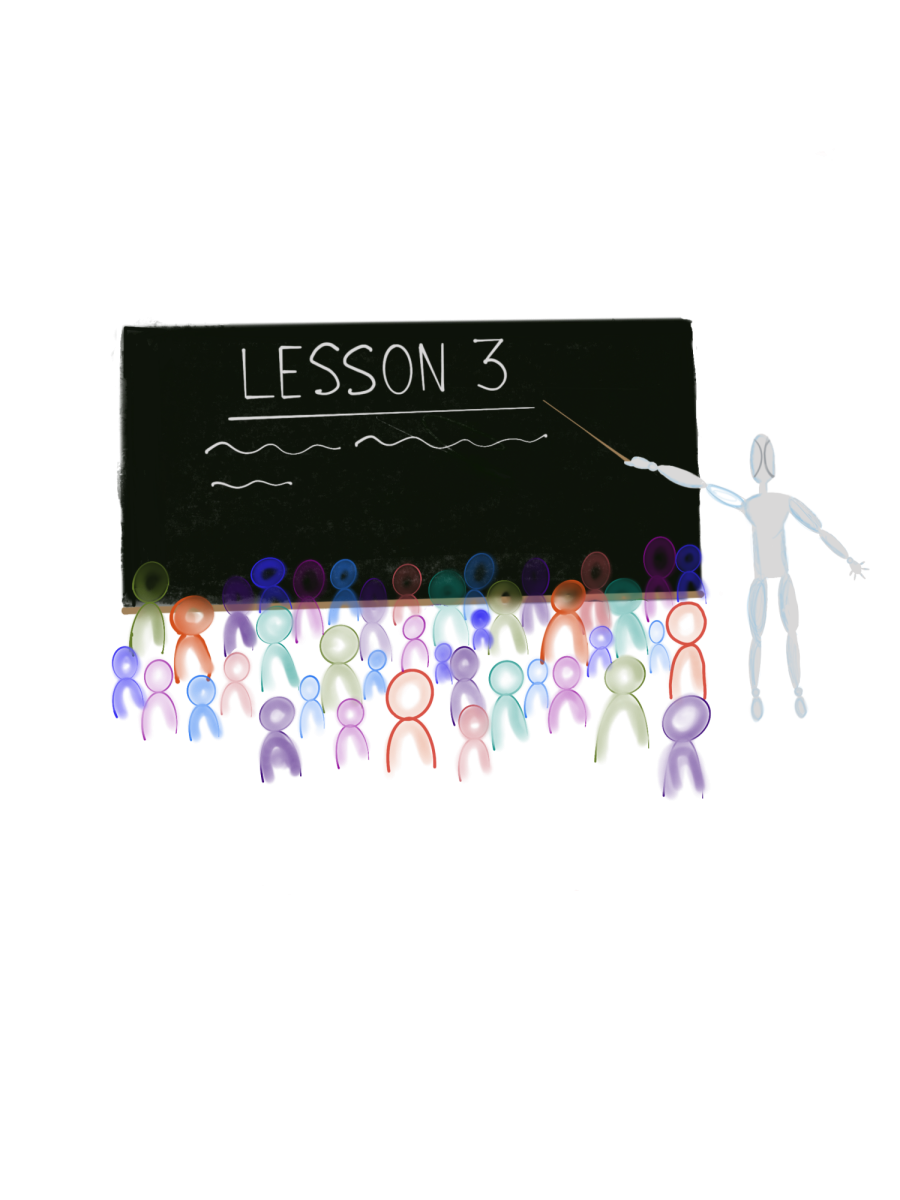Three years ago, just 47 minutes south of our campus, 17 people were murdered at Marjory Stoneman Douglas High School. Grief and fear permeated schools across the country, especially here in Palm Beach County. Despite years of protest and advocacy for school safety, we still haven’t found an effective solution: within the last two weeks a local student was arrested for making insubstantial threats against students and faculty at Jupiter High School.
It has become evident that with the current climate of American education, security measures are imperative, and we cannot afford to put student and staff safety in jeopardy. However, safety measures must never impede on students’ psychological well being.
“School-hardening” is a term used to describe increasing security measures in schools. Researchers from University of Toledo and Ball State University define it as “(Adding) visible security measures in an attempt to alleviate parental and student fears regarding school safety and to make the community aware that schools are doing something.”
The researchers conducted an 18-year study on the effects of school-hardening. They found that even with hardening in place, students felt a “false sense of security,” and there was no apparent decrease in the number of firearm violence in schools.
While school-hardening may have no real impact on student safety, we cannot understate the importance of some measures. New school policy demands that IDs must be worn at all times on campus. Over 100 new security cameras are adorning the hallway ceilings. Officer James O’Sullivan is training the new officers assigned to our campus. These physical safety measures were added in the wake of issues across our state and county and were put in place in hopes of increasing protection for students.
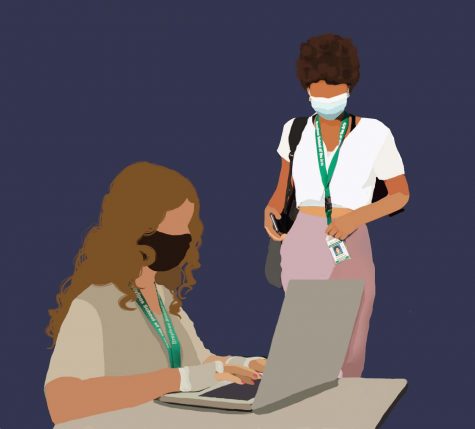
Photo by Sofia Hennessey-Correa. Photo illustration by Angelyna Rodriguez.
Despite their good intentions, these policies may do more harm than good. In our attempts to scope out the guilty, the innocents’ mental wellbeing is negatively affected. To upperclassmen who have experienced campus without these new safety measures, it may seem as if the comforting environment they are used to is being shifted to the coldness of a prison.
A comprehensive study conducted by Daniel J. Losen, director of the Center for Civil Rights Remedies at UCLA, found that cameras inside schools have negative effects and “might work in tandem with suspensions to create an environment that can be alienating for some or all students.”
Constant video monitoring can create a feeling of mistrust between students and administration. Students see cameras as markers of the administration’s mistrust of students making them less likely to report dangerous incidents or warning signs to administrators. Cameras also may add additional stress to students who do not need to be burdened with any more anxiety.
We cannot compromise our learning environment, but we also cannot compromise our safety.
Although school safety is a contentious issue, there is balance that can be found through fundamental changes to our thinking. We must invest in methods that improve behavior and safety in the long term rather than spending money on expensive and ineffective technology.
An approach to safety that will support both school climate and security is targeting mental health. In recent years, schools have been increasing mental health resources, but frankly, they have not improved enough.
Florida was one of the first states to require a minimum of five instructional hours devoted to mental health education. Last year, the Suite360 mental health awareness videos presented by the school district had an important message, however, the message did not resonate with students due to the monotone audio. Florida also does not require mental health education until sixth grade. The sooner students are exposed to mental health awareness, the sooner they can seek health and improve.
By improving mental health education and destigmatizing it continuously, not just during one week in the school year, we’ll create a safer environment and take a proactive approach to school safety. With enhanced mental health services, support, and resources, the school can foster a safer environment and reduce student violence and harm.
“Mental illness does not predict dangerousness,” Shannon Hoffman, policy program specialist for the Hogg Foundation for Mental Health, said. “Mental health is just one component of addressing the overall school climate.”
Schools should not only properly address mental health but also change the culture from which they are built on. Many schools are built on faulty foundations that stem from creating fear around punishment. When rules are defied, they are met with reprimand that is meant to suppress all future acts of violence and scare other students from committing similar offenses. This system of fear is not how we should build a trusting community. If students are afraid of unreasonable reprimands, they won’t be willing to “see something and say something,” which is a paragon of the school security strategy. Once an offense is committed, students will face harsh consequences that may go on their permanent record. Consequently, they may feel as if there is no way to improve, causing them to fall into a cycle of misconduct.
Rather than being based on punishment, school culture should be built on discipline. Punishment is the attempt to force obedience while discipline begins before the problem occurs by focusing on prevention and enhancing communication. Discipline will “embrace natural consequences” that will improve students’ lives even out of school. Instead of invoking fear, discipline can inspire cognitive thinking on ways to improve. It provides the crucial space for growth and change.
As students, we are human and mistakes are inevitable, yet we are not given the space to fail. In a consequence and punishment based system, students will crumble because they fear the ramifications of their mistakes. When it comes to a school’s safety and its culture, it is essential that we all work to prioritize growing and learning from our blunders, which will lead to a safer and more community-driven campus for teachers and students.
There is no guarantee that schools will ever be able to completely eradicate violence, but it is our responsibility as students and teachers to do our best to advocate that we all get the help that we need and deserve. School is a place to build our identities and perspectives before we enter the world. We need to protect that ideal and ensure that schools are what they should be: a safe and comfortable place to learn.

